Huskies Embarking on Summer 2024 PEAK Projects
Undergraduate Research and Fellowships is thrilled to announce the recipients of our highly competitive summer 2024 PEAK Experiences Awards. These students will conduct research and creative projects across a wide range of disciplines and topics, including characterizing mechanical properties of pediatric brain tumor tissue, examining user privacy practices of voice assistants, studying the legal construction of the modern immigrant family in the U.S., and much more. Read on to learn more about these incredible projects. Congratulations to these students and their dedicated mentors.
BASE CAMP AWARDEES
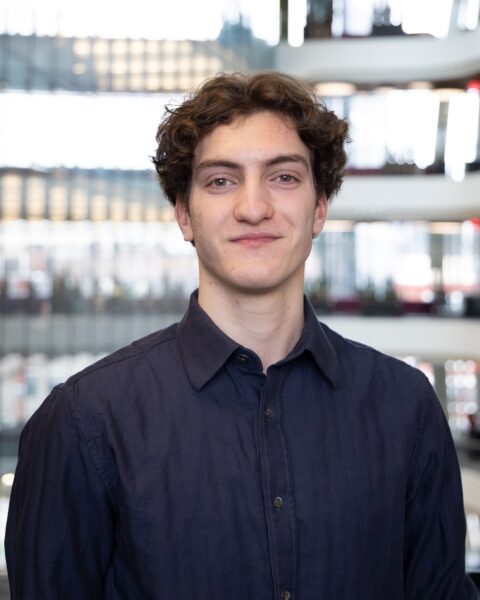 Gruepr
Gruepr
Awardee: Johnny Assad Khoury’26
Mentor: Joshua Hertz, COE, Bioengineering
The project is called gruepr — a free, open-source platform used by schools to create optimal student groups. The software is based on information in this paper: https://coed.asee.org/2021/07/31/gruepr-a-software-tool-for-optimally-partitioning-students-onto-teams/. The plan is to increase the scale of the software and make it accessible to more schools with different learning management systems. Additionally, the code base will be restructured to allow for easier implementations of new features.
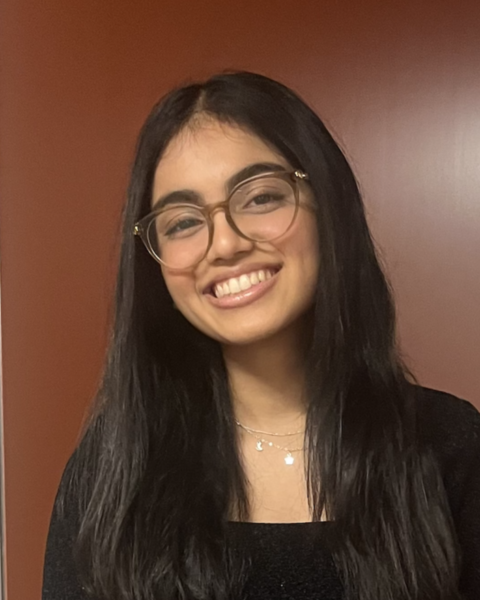 Exploring Officer Patrol Behaviors Using Automated Vehicle Locator and Body-Worn Camera Data in Kansas City, Missouri
Exploring Officer Patrol Behaviors Using Automated Vehicle Locator and Body-Worn Camera Data in Kansas City, Missouri
Awardee: Niharika Banerjee CSSH’27
Mentor: Eric Piza, CSSH, Criminology & Criminal Justice
I will use software to analyze data surrounding police response times in Kansas City, Missouri drawn from police body cameras and vehicle locators. This work will help uncover trends in police responses in order to develop policy solutions that contribute to more effective policing.
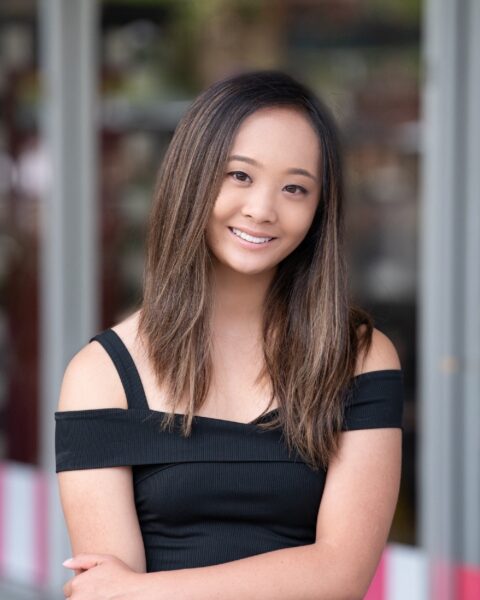 Language Development Research
Language Development Research
Awardee: Sydney Bao Office of the Provost
Mentor: Priya Driscoll, CSSH, Education
Examines how the unique sociolinguistic practices of US Latinx families influence the language development of Latinx bilingual (Spanish-English) children from 12-36 months. This interdisciplinary research is designed to foster a deep understanding of bilingualism, as previous research has predominantly centered on the practices and values of middle-class European American populations.
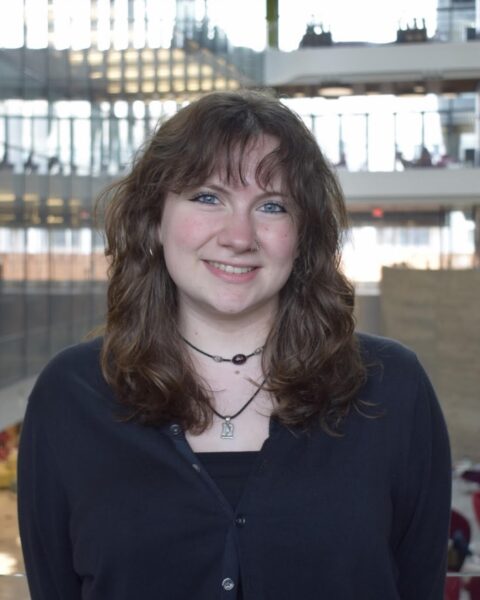 Mechanism of 1,4-Dioxane Biodegradation by Environmental Microbial Consortia
Mechanism of 1,4-Dioxane Biodegradation by Environmental Microbial Consortia
Awardee: Melissa Bernardin COE’27
Mentor: Rain Miao, COE, Civil & Environmental Engineer
1,4-Dioxane as an emerging contaminant in the groundwater and soil has threatened the environment and public health. This study aims to explore the biodegradation kinetics of 1,4-dioxane by two novel environmentally isolated microbial consortia that present efficient 1,4-dioxane degradation capabilities.
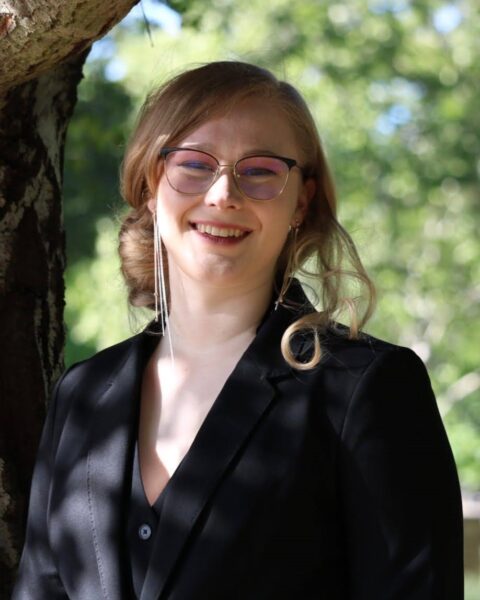 Organic Contaminants in the Alewife Brook
Organic Contaminants in the Alewife Brook
Awardee: Anna Casey COS’25
Mentor: Zhenyu Tian, COS, Chemistry & Chemical Biology
This project aims to deterimne if combined sewer overflow is the major contributor to the poor water quality of the Alewife Brook. Additionally, the project is aims to assess whether stormwater plays and equally important, if not more important role, in water quality.
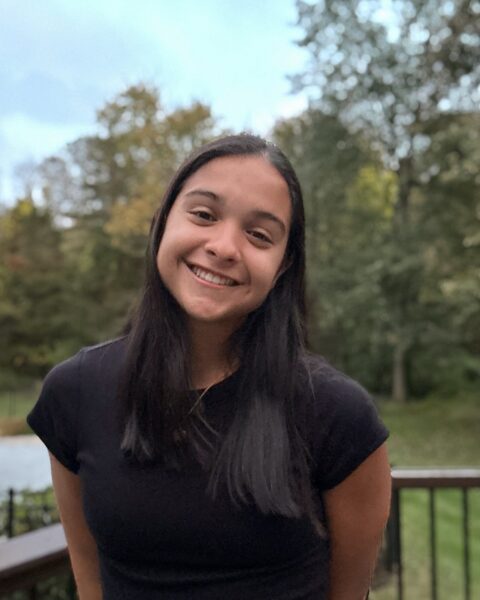 Collagen Fibril Mechanical Testing
Collagen Fibril Mechanical Testing
Awardee: Amanda Cinelli COE’27
Mentor: Jeffery Ruberti, COE, Bioengineering
Collagen fibrils are the fundamental load-bearing structures in connective tissues, therefore it is vital to understand biomechanics in order to develop novel therapeutics with applications in regenerative medicine. This project aims to analyze videos of collagen fibril mechanic testing through applications such as Fiji and Matlab.
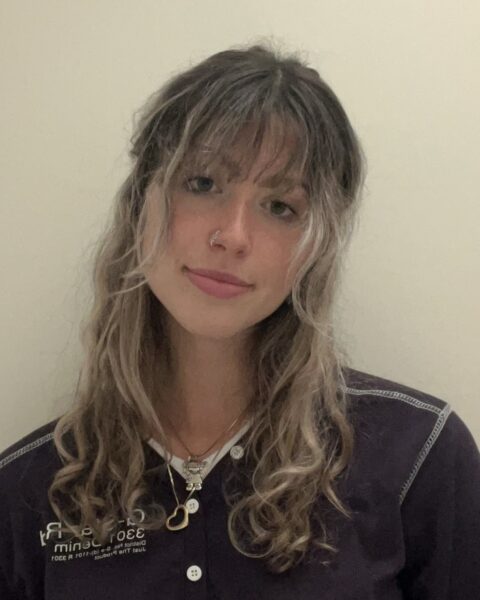 Astrocytosis and Microgliosis in Psilocybin-Treated Repetitive Mild Traumatic Brain Injury
Astrocytosis and Microgliosis in Psilocybin-Treated Repetitive Mild Traumatic Brain Injury
Awardee: Jules Colaccino COS’26
Mentor: Craig Ferris, Bouvé, Pharmaceutical Science
This project will investigate potential therapeutic effects of psilocybin for repetitive mild traumatic brain injury. Immunohistochemical staining of glial cells implicated in inflammation processes is expected to show significant differences between psilocybin-treated and control populations, which will demonstrate treatment efficacy in trauma recovery and future project directions.
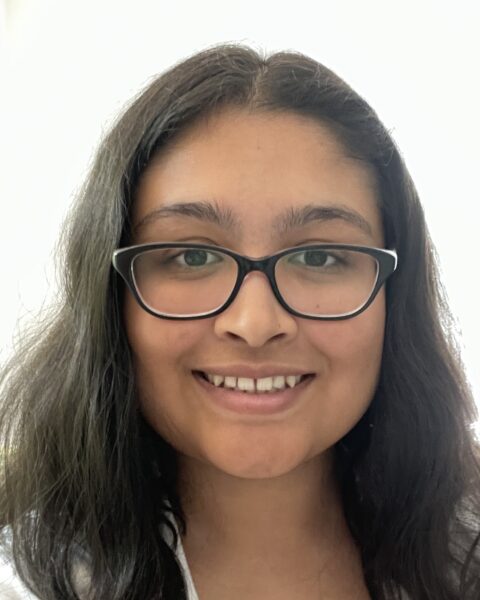 Drone Photogrammetry
Drone Photogrammetry
Awardee: Ava Gami COE’27
Mentor: Thomas Consi, COE, Electrical and Computer Engineering
I wish to build an apparatus which will connect to a drone and take pictures of soem environment. These images will be digitally spliced together in a 3D map/model in a process called photogrammetry.
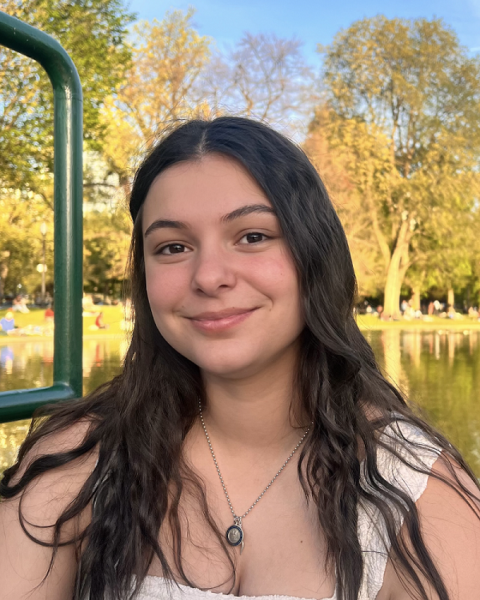 Multi-Stage Addiction Assessment Protocol
Multi-Stage Addiction Assessment Protocol
Awardee: Nina Garbarino COS’27
Mentor: Camron Bryant, Bouvé, Pharmaceutical Science
By looking at how different mouse strains react to opioids we hope to identify genes that add to opioid behaviors, leading to treatments to combat the opioid crisis. Data analysis will be done using prerecorded experiments in AnyMaze to determine statistical significance using ANOVAs in GraphPad Prism for behavior models.
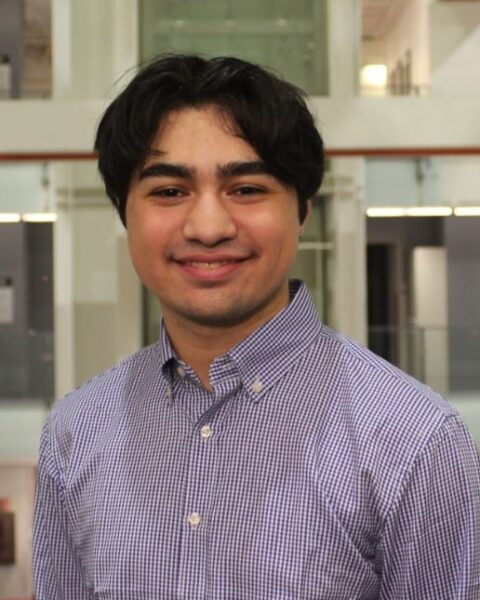 Enhancing Omnidirectional Video Transmission through Super-Resolution Reconstruction
Enhancing Omnidirectional Video Transmission through Super-Resolution Reconstruction
Awardee: Matthew Garcia COE’26
Mentor: Francesco Restuccia, COE, Electrical and Computer Engineering
This project aims to enhance images and video taken from omnidirectional cameras through the development of a deep super-resolution network, in turn reducing bandwidth and computation for immersive AR/VR experiences. By integrating semantic segmentation, quality and efficiency are optimized through selective transmission of vital objects. Expected outcomes include improved image reconstruction and reduced resource consumption. Results will be shared through academic presentations and open-source code dissemination on GitHub.
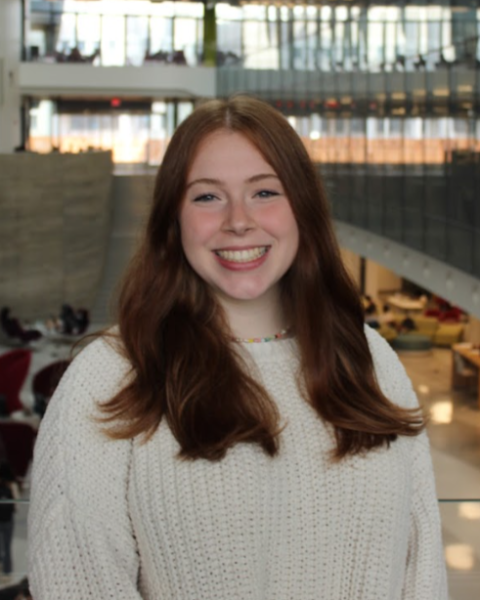 Using Artificial Intelligence in Just-In-Time Teaching
Using Artificial Intelligence in Just-In-Time Teaching
Awardee: Katherine Growney COE’26
Mentor: Marguerite Matherne, COE, Mechanical & Industrial Engineering
The purpose of this research is to explore how immediate feedback on Just-In-Time Teaching assignments positively or negatively impacts students’ learning, and how artificial intelligence and large language models can be used to provide this immediate feedback for short answer and free-response questions.
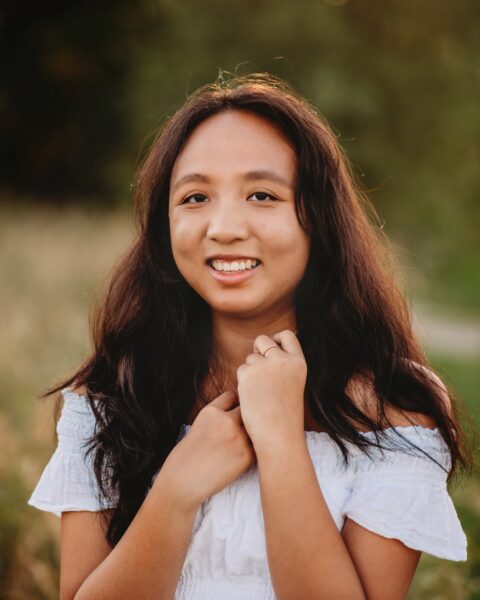 Ab Initio Modeling for Buried Glycan Rotamers in Glycoprotein
Ab Initio Modeling for Buried Glycan Rotamers in Glycoprotein
Awardee: Hayley Ha COE’26
Mentor: Srirupa Chakraborty, COE, Chemical Engineering
This project aims to develop a Python program for a web service that generates ab initio models with improved glycan shield embedding. The program identifies and rotates buried glycan rotamers trying two methods: finding the most probable chi angle and mutating the rotamer.
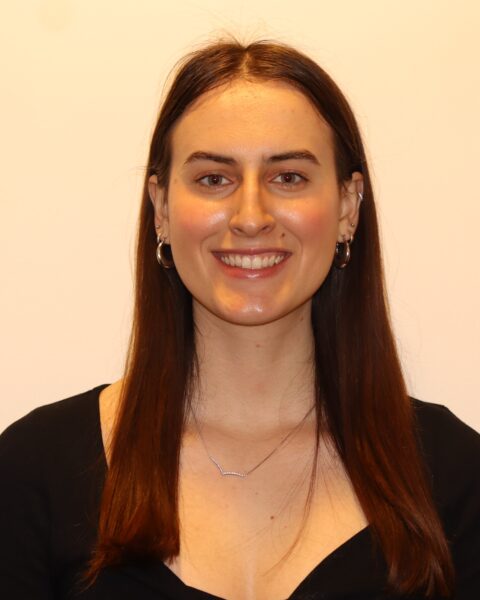 The Trauma Informed Classroom Design (TICD) Project
The Trauma Informed Classroom Design (TICD) Project
Awardee: Rachel Halvorsen Bouvé’26
Mentor: Alisa Lincoln, Bouvé, Health Sciences
The summer portion of this project will focus on writing a report based on the qualitative analysis performed in the spring semester. It will display the findings regarding the effectiveness of the designed training in making classrooms more trauma-informed.
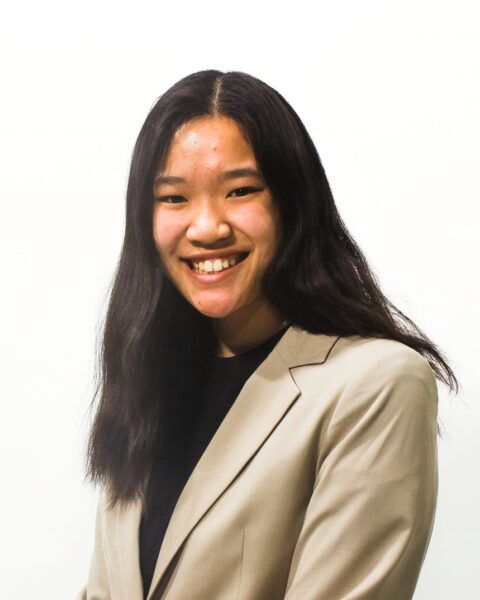 Brain Imaging On the Go, Growing What We Know
Brain Imaging On the Go, Growing What We Know
Awardee: Caela Hung Bouvé’25
Mentor: Erin Meier, Bouvé, Communication Sciences & Disorders
I plan to study functional near-infrared spectroscopy (fNIRS); a new brain imaging technology with advantages in cost and portability. Gaining knowledge on fNIRS will allow me to further pursue my research goals in analyzing the brain activity of individuals with early post-stroke aphasia to improve communication outcomes.
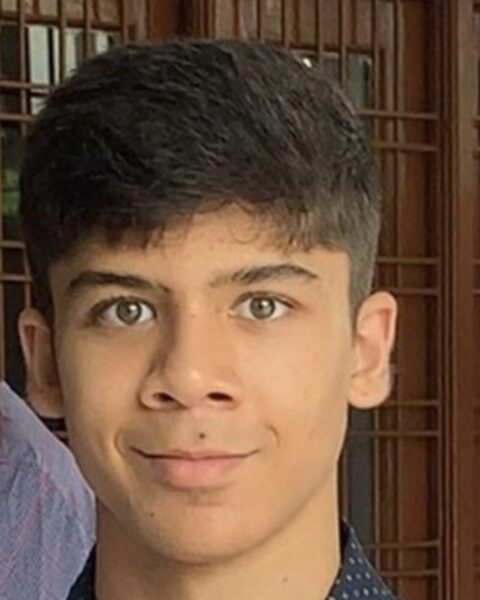 Syncing a Novel Near-Infrared Spectroscopy (NIRS) Software and Commercial Digitizer to Improve 3D Head Modeling of Post-Stroke Aphasia
Syncing a Novel Near-Infrared Spectroscopy (NIRS) Software and Commercial Digitizer to Improve 3D Head Modeling of Post-Stroke Aphasia
Awardee: Pratham Khare COS’27
Mentor: Erin Meier, Bouvé, Communication Sciences & Disorders
Our project integrates advanced near-infrared (NIRS) software with the PATRIOT Digitizer for precise head imaging in studying aphasia—an impairment in speaking or understanding language. Syncing both tools will allow us to use analysis tools to create 3D brain models and identify locations of brain activity in people with post-stroke aphasia.
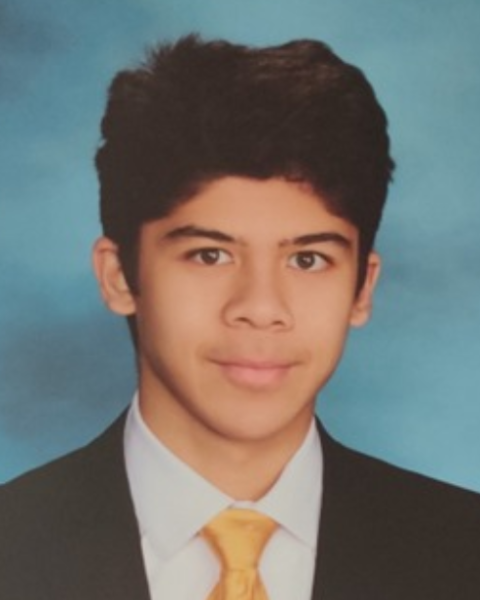 Patriot and Fastrak Digitizer Synchronization for Enhanced Aphasia Data Capture
Patriot and Fastrak Digitizer Synchronization for Enhanced Aphasia Data Capture
Awardee: Priyansh Khare COS’27
Mentor: Erin Meier, Bouvé, Communication Sciences & Disorders
This project focuses on optimizing the PATRIOT and FASTRAK digitizers to reliably capture head measurements of individuals with aphasia, facilitating the drawing of more accurate brain models for enhanced understanding of the neural mechanisms involved. This aims to advance aphasia research by improving the reliability of data collection and analysis.
 VERBAL: Visits, Environment, Recording, Bilingualism, and Learning (Vistas en Residencies Bilingues Aprendiendo Languaje)
VERBAL: Visits, Environment, Recording, Bilingualism, and Learning (Vistas en Residencies Bilingues Aprendiendo Languaje)
Awardee: Elle Kim-Levesque COS’27
Mentor: Priya Shimpi-Driscoll, CSSH, Education
This study focuses on the importance of bilingualism and the positive effects it can have on people. We are specifically looking at the heritage language proficiency of Latino children in mono-language school systems.
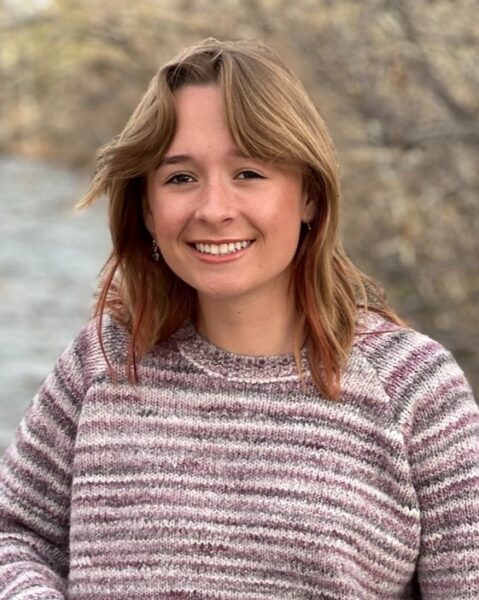 Sherbo Lab
Sherbo Lab
Awardee: Kylie Jackson COE’27
Mentor: Rebecca Sherbo, COE, Chemical Engineering
The overall goal of the lab is to use a certain bacteria to sustainably create vitamins or other food related products using a gas mixture. My project specifically focuses on gene modification for said bacteria to enable it to complete the processes necessary to overproduce a certain vitamin.
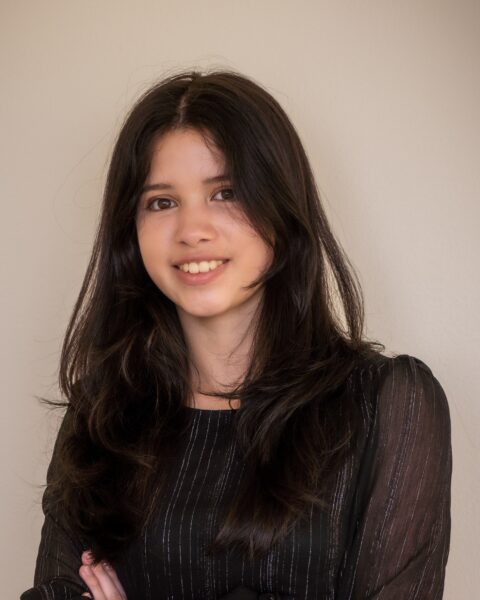 Habit of Force
Habit of Force
Awardee: Samantha Mason CAMD’28
Mentor: Brandon Sichling, CAMD, Art and Design
I want to create work for my mentor’s video game, Habit of Force, which addresses modern social problems, such as LGBTQ+ issues and racial identity, conscientiously and through an accessible medium.
 How Social Determinants of Health Impact Out-of-Hospital Cardiac Arrests
How Social Determinants of Health Impact Out-of-Hospital Cardiac Arrests
Awardee: Srinithya Panamgipalli Bouvé’25
Mentor: Nasim Ferdows, Bouvé, Health Sciences
This project is a literature review analyzing how race and geographic disparities (two major social determinants of health) affect out-of-hospital cardiac arrests. There is a large difference in outcome depending on race and location which this review aims to bridge the gap between. The aim is to understand how underlying structures of the medical system impact certain communities disproportionately and further perpetuate unfavorable outcomes. The anticipated outcome is a deeper understanding of how underlying structures perpetuate inequities. This review aims to drive awareness and advocate for systemic changes to improve outcomes for marginalized communities.
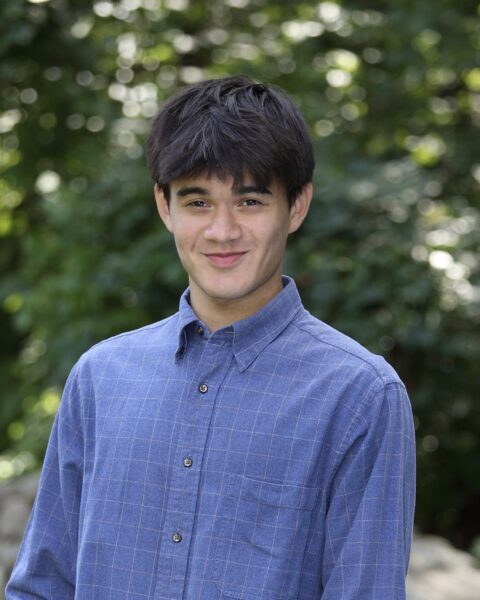 DeLTA
DeLTA
Awardee: Alexander Poulin Khoury’27
Mentor: Alberto De La Torre Duran, COS, Physics
I hope to code applications to capture, process, and analyze data gained from ARPES (Angle-resolved photoemission spectroscopy) which can give insight on the structure of the atom arrangement in a material.
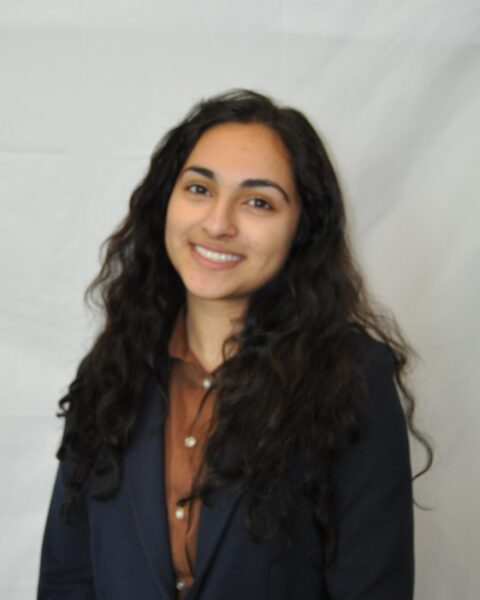 Identifying the Role of ASJ Sensory Neuron in Regulating Peroxide Resistance in C. Elegans
Identifying the Role of ASJ Sensory Neuron in Regulating Peroxide Resistance in C. Elegans
Awardee: Naadia Rashid COS’27
Mentor: Javier Apfeld, COS, Biology
Hydrogen peroxide-induced stress can permanently damage brain tissue, contributing to neurological diseases of aging such as Alzheimer’s. The sensory neuron ASJ plays a critical role in peroxide resistance; my goal is to determine how ASJ interacts with other sensory neurons to maximize resistance and therefore lifespan in C. elegans.
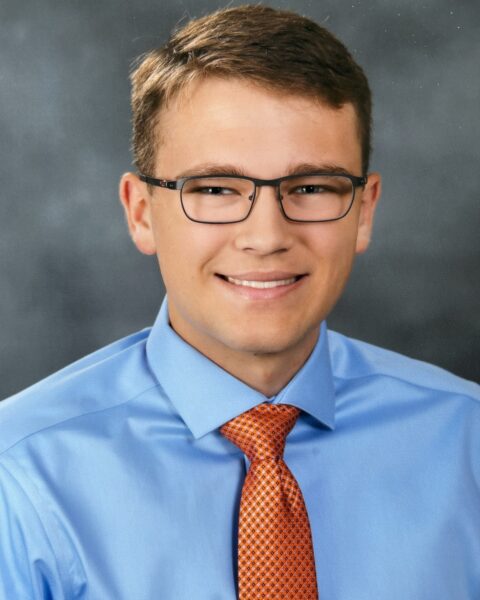 Atmospheric Measurement Drone Attachment
Atmospheric Measurement Drone Attachment
Awardee: Jack Rubacha COE’27
Mentor: Tom Consi, COE, Electrical and Computer Engineering
The goal of this project is to collect and display data on the air quality, humidity, temperature, and other indicators in various hyper-local environments. A circuit board attached to a drone connects to an array of sensors and prcesses the data they transmit.
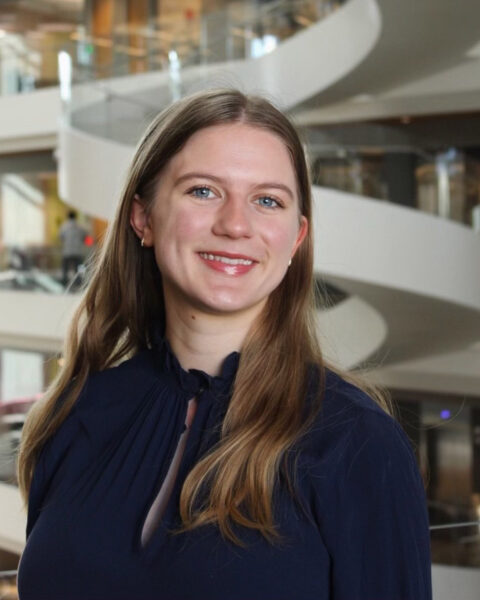 Assembly of Alpha-7 Nicotinic and Serotonin 5HT3 Receptors
Assembly of Alpha-7 Nicotinic and Serotonin 5HT3 Receptors
Awardee: Eleanor Sanders Bouvé’25
Mentor: Ralph Loring, Bouvé, Pharmaceutical Science
This project is focused on designing various constructs of alpha-7 nicotinic and serotonin 5HT3 receptors and testing them using fluorescence analysis and binding assays to understand the process of receptor assembly and expression.
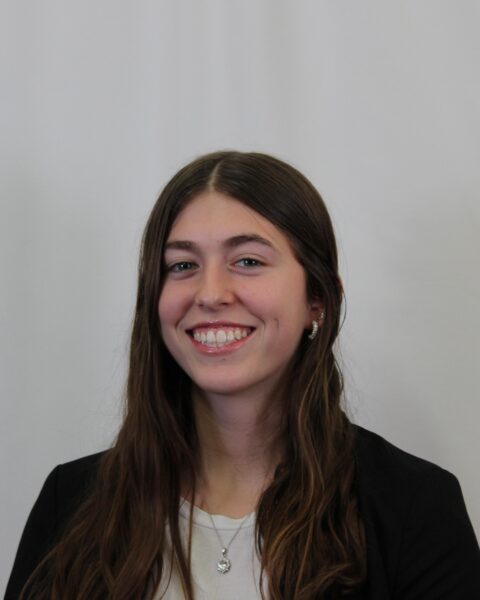 How Prefrontal Dopamine Drives Effortful Behavior
How Prefrontal Dopamine Drives Effortful Behavior
Awardee: Catherine Scullen COS’27
Mentor: Jonathon Bennett, COS, Biology
This project aims to measure dopamine release dynamics in the prefrontal cortex during effortful behavior. To do this, a novel dopamine sensor administered through local adeno-associated virus injection along with fiber photometry will be employed.
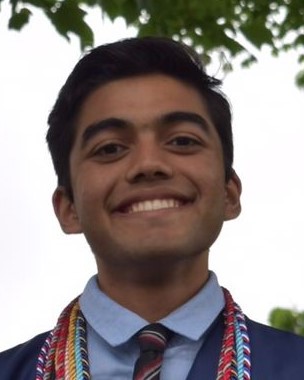 Extracting the Binding Affinities between Various Viral Glycans and MBL via Molecular Docking
Extracting the Binding Affinities between Various Viral Glycans and MBL via Molecular Docking
Awardee: Amit Shenoy COE’26
Mentor: Mona Minkara, COE, Bioengineering
Airborne pathogens attack humans through the lungs, an area that can be better fortified. By examining these pathogens’ structures, and understanding how our immune system interacts with them, we can better recognize patients who might be at greater risk, see early signs of disease, and aid in therapeutic drug discovery.
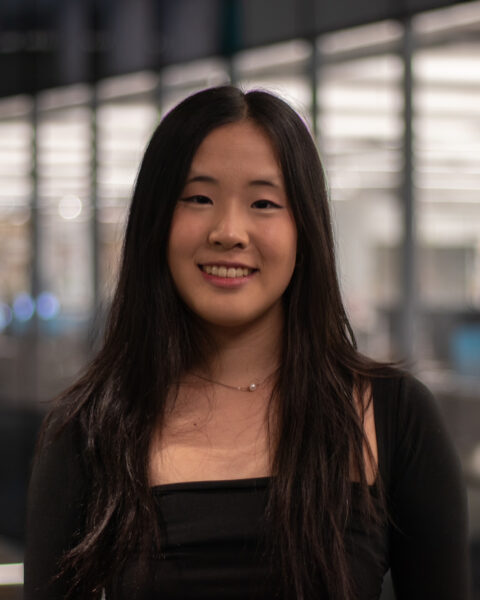 Uncovering the Mechanisms of Photochromism for Eco-Friendly Color-Shifting Paints
Uncovering the Mechanisms of Photochromism for Eco-Friendly Color-Shifting Paints
Awardee: Sarah Shentu COE’27
Mentor: Dan Wilson, COE, Chemical Engineering
In different light, energy, and temperature conditions, certain molecules will shift colors to reflect a change and transition into a new molecule. We’ll be working with these color-changing pigments, specifically resazurin, in different light, UV, and chemical solutions to synthesize eco-friendly paints and coatings that can have other useful applications.
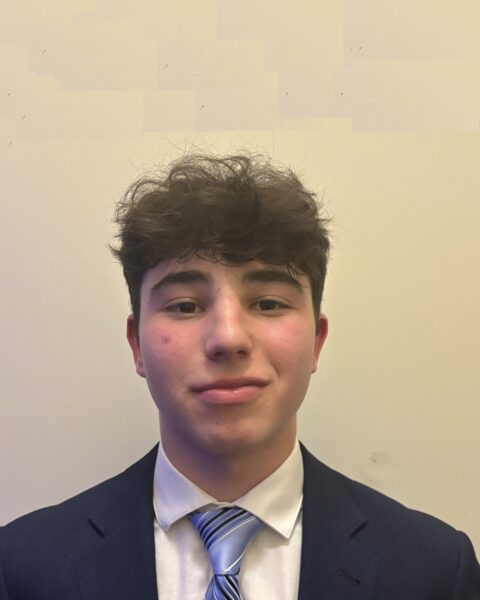
Natural Language Processing Module for Cornerstone of Engineering Class
Awardee: Michael Shteynberg, COE’27
Mentor: Andrew Gillen, COE, Civil & Environmental Engineering
This project aims to develop a module for a Cornerstone of Engineering class, focusing on Artificial Intelligence with an emphasis on Natural Language Processing. This module will equip students with an understanding of AI and its applications, fostering a deeper comprehension of language processing tools and their impact on engineering solutions.
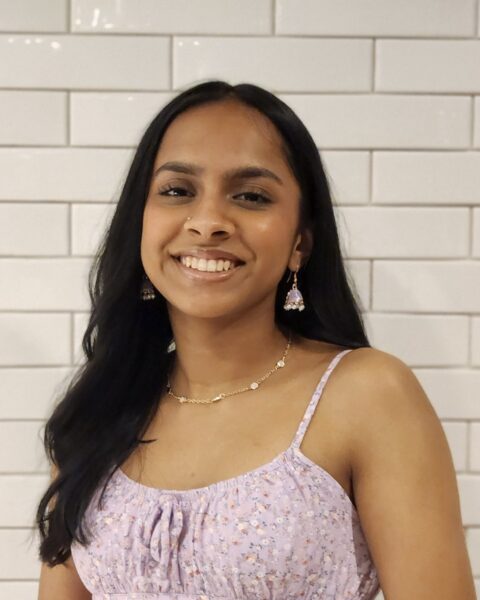 Mastering Language Sample Coding: First Steps Towards Distinguishing Language Differences versus Deficits in Bilingual People with Aphasia
Mastering Language Sample Coding: First Steps Towards Distinguishing Language Differences versus Deficits in Bilingual People with Aphasia
Awardee: Jahnavi Srikanth Bouvé’27
Mentor: Erin Meier, Bouvé, Communication Sciences & Disorders
This project tackles the challenge of distinguishing language deficits from differences in bilingual patients with aphasia (loss of speech post brain injury). Using CHAT CLAN language transcription software, I will learn to code and analyze conversational speech and apply these skills to samples collected in the Aphasia Network lab.
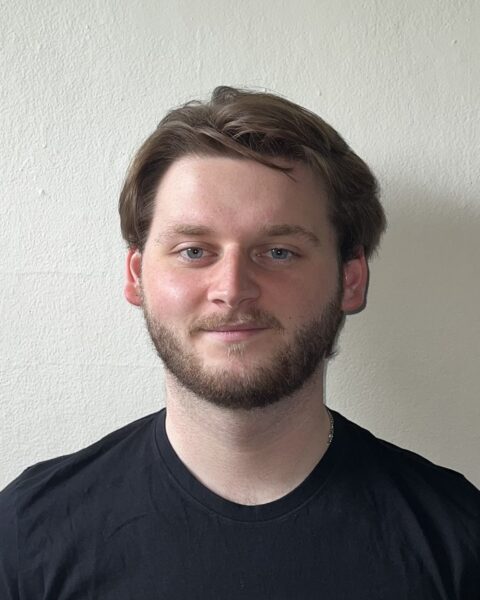 Spinal Cord Injury, Worms, and Towers
Spinal Cord Injury, Worms, and Towers
Awardee: Wesley Sydnor COS’27
Mentor: Samuel Chung, COE, Bioengineering
I hope to discover spinal cord injury treatments by inducing neuroregeneration.
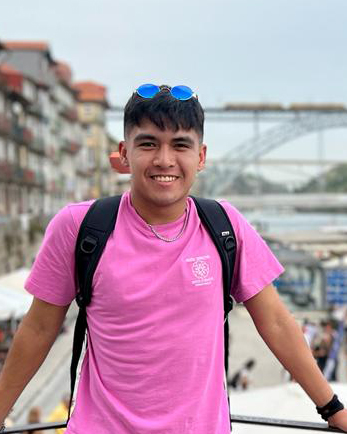 Examination of 3 Major Phytosterols as Viable Precursors to Cardiac Glycoside Biosynthesis
Examination of 3 Major Phytosterols as Viable Precursors to Cardiac Glycoside Biosynthesis
Awardee: Mark Teh COS’26
Mentor: Jing-Ke Weng, COS, Chemistry & Chemical Biology
Cardiac glycosides are plant-derived cholesterol derivatives with well-documented clinical applications pertaining to the treatment of congestive heart failure. To address the increasing incidence of heart failure, this study will pursue supply diversification by leveraging genetically engineered yeast cultivars to partially validate alternative, phytosterol-based, biosynthetic pathways of cardiac glycosides.
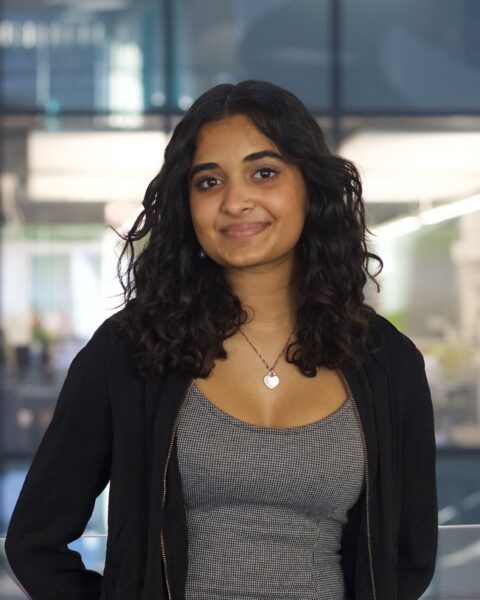 Assessing Cognitive Behavior among Liver Cirrhosis Population Based on Social Determinants
Assessing Cognitive Behavior among Liver Cirrhosis Population Based on Social Determinants
Awardee: Samadhi Wijethunga COS’25
Mentor: Dami Ko, Bouvé, Nursing
I am investigating the influence of social determinants of health on cognitive impairments among liver cirrhosis populations, recognizing its role in exacerbating health disparities. To engage with the outlined problem, I will review current literature to determine which social determinants of health are associated with this health condition.
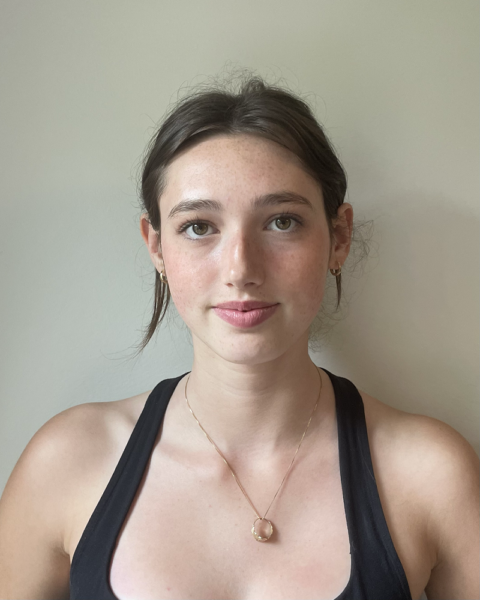 Amide Base Substrate Synthesis
Amide Base Substrate Synthesis
Awardee: Eliana Williamson COS’27
Mentor: Hannah Sayre, COS, Chemistry & Chemical Biology
I will be involved in synthesizing the amide and olefinic groups containing organic molecules which will be used with the light activated catalysts for carbon-nitrogen bond formation. These molecules will be studied with a variety of analytical tools including NMR, mass spectrometry, UV visible spectroscopy, and fluorescence spectroscopy.
ASCENT AWARDEES
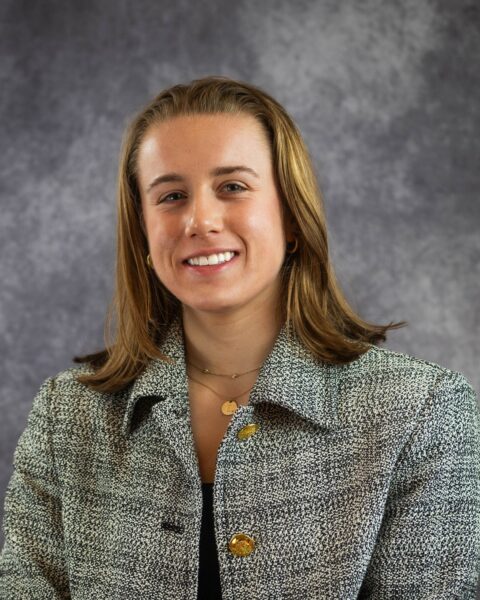 Catalytic Role of Copper-Aβ Sequence Variant Complexes in Catecholamine Neurotransmitter Oxidation
Catalytic Role of Copper-Aβ Sequence Variant Complexes in Catecholamine Neurotransmitter Oxidation
Awardee: Elle Arcand COE’26
Mentor: Vasiliki Lykourinou, COS, Chemistry and Chemical Biology
Alzheimer’s disease (AD) is a neurodegenerative condition that is characterized by abnormal levels of amyloid-beta (Aβ) plaques in the brain. This project examines how suspected Aβ sequence variants and copper II complexes–metallopeptides–catalyze oxidative stress of catecholamine neurotransmitters by assessing the kinetics of these reactions. Moreover, it probes the specific amino acids of these variants involved in metal binding and thus which portions of the individual peptide sequences contribute to these catalytic abilities. Ultimately, insight on neurotransmitter oxidation kinetics and the inner workings of peptide structures could shed light on the biochemical role of Aβ in AD neuropathology.
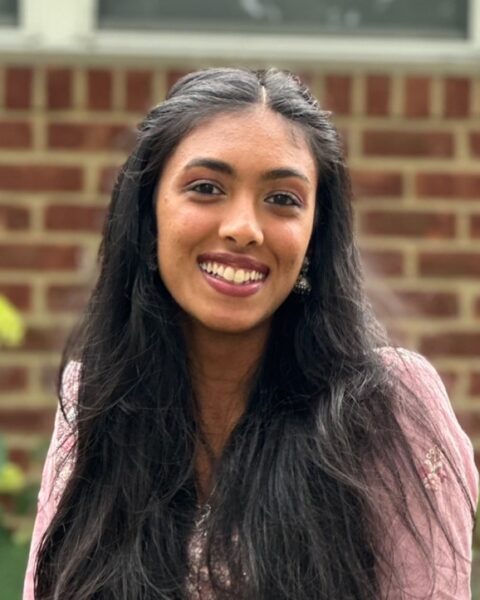 Photoactuating Liquid Crystal Elastomer
Photoactuating Liquid Crystal Elastomer
Awardee: Umme Hani Bootwala COE’27
Mentor: Ruobing Bai, COE, Mechanical and Industrial Engineering
This project seeks to advance the development of a light-responsive liquid crystal elastomer by incorporating azobenzene, a photo-responsive compound, into the liquid crystal polymer. Liquid crystal elastomers (LCE) consist of lightly crossed polymer networks, which are composed of liquid crystals called mesogens. The study aims to investigate the impact of adjusting parameters such as thickness and molar ratios on the LCEs light response. The results will be measured through the amount of contraction. Additionally, the study will examine the coupling reaction between photo-actuation and thermal-actuation.
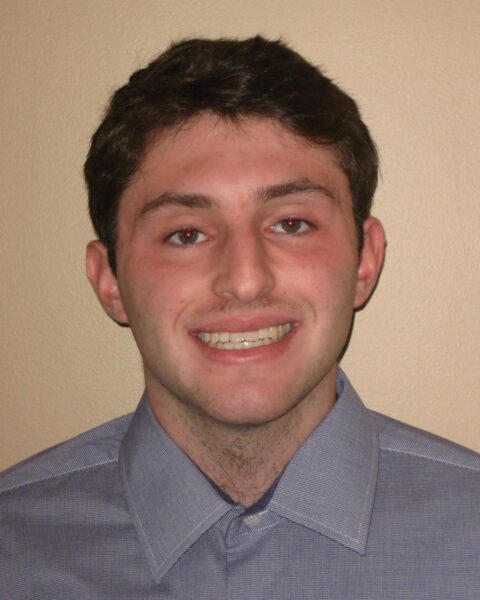 Spring 2024 HaRT Data Analysis
Spring 2024 HaRT Data Analysis
Awardee: Mitchell Goldberg Bouvé’25
Mentor: Emily Mann, CSSH, Human Services
This project will analyze HaRT (Harm Reduction Training) program data collected during Spring 2024 and determine how it compares to prior semesters of the program. Spring 2024 data will be used to evaluate the effectiveness and diversity of harm reduction training programs in four schools of social work. This will be done by compiling and organizing data from qualitative focus groups, interviews and quantitative surveys in Qualtrics, coding qualitative data using NVivo, and developing reports. Results will show that program participants understand harm reduction techniques, plan to use them in the future, and will be presented at RISE 2025.
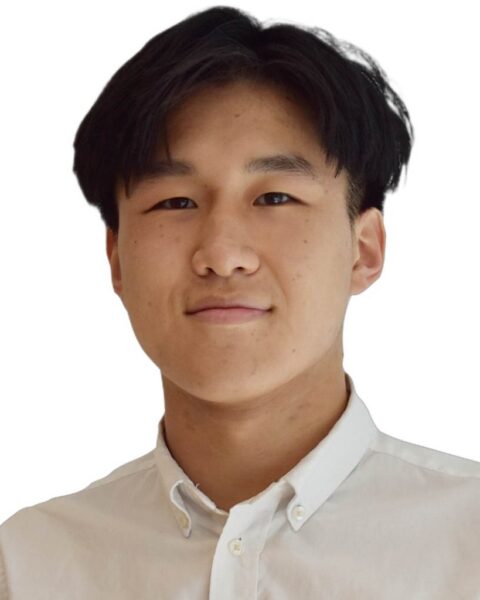 Understanding the Costs of Funding through Education Bonds
Understanding the Costs of Funding through Education Bonds
Awardee: Gregory Guo DMSB’24
Mentor: Weiling Liu, DMSB, Finance and Insurance
For a school district to get funding, whether that be for construction, replacement, or repair of school facilities, they either seek state/federal funding or issue local school district bonds. For school district bonds to be issued, local constituents must vote to approve this issuance; usually, constituents come to a voting decision by analyzing their local school district’s ballot, which contains an impartial analysis as well as arguments for and against the measure. We will be performing textual analysis on these ballots to determine what factors contribute to measure passage/failure, as well as analyzing housing prices in said school districts post-measure.
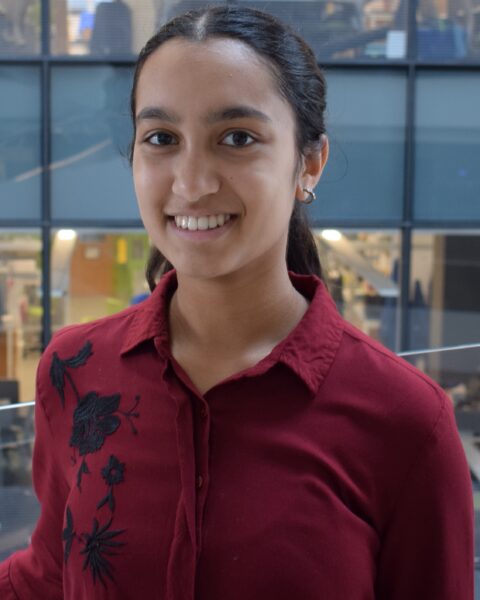 Creating 3D Printed Circuits Using Conductive Filament
Creating 3D Printed Circuits Using Conductive Filament
Awardee: Ritika Gurjar COE’26
Mentor: Thomas Consi, COE, Electrical and Computer Engineering
This project seeks to explore the possibilities of conductive filament for use in 3d printing circuits. Instead of using the standard method of printed circuit boards to produce circuits for projects, this filament will be used to develop simple and complex circuits in a convenient and straightforward manner. This project will also work on creating, refining, and printing circuit components such as resistors, potentiometers, and inductors. The research conducted will be implemented by the Mitosis group at Northeastern Robotics to form a fully self-replicating 3d printer.
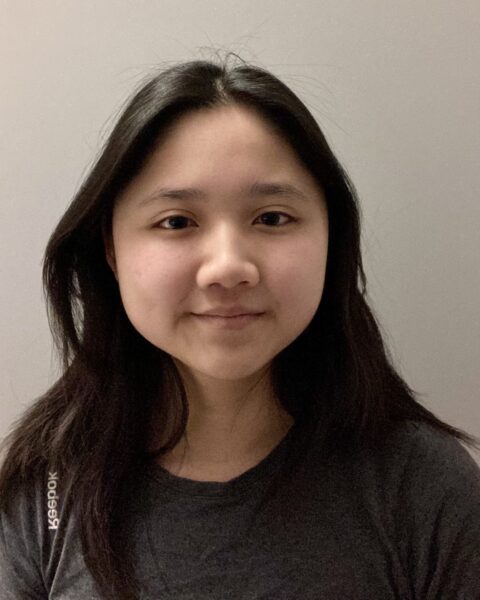 Optimization of Electrochemical Nutrient Recovery through Multivariate Statistical Analyses
Optimization of Electrochemical Nutrient Recovery through Multivariate Statistical Analyses
Awardee: Valerie Ho COS’26
Mentor: Damilola Daramola, COE, Chemical Engineering
Phosphorus and nitrogen are key ingredients in fertilizers, but runoff causes environmental issues like eutrophication. While the strongest solution is direct agricultural management, wastewater treatment can be used as secondary mitigation. A current method concerns electrochemical recovery of phosphorus and nitrogen as solid struvite. However, optimal conditions in terms of recovery efficiency and energy consumption remain less explored. This project involves an electrochemical batch reactor with varying electrochemical conditions (temperature and voltage) and levels of phosphorus and nitrogen concentrations in synthetic wastewater to formulate an equation detailing optimum conditions for this reaction. The findings will be shared at RISE.
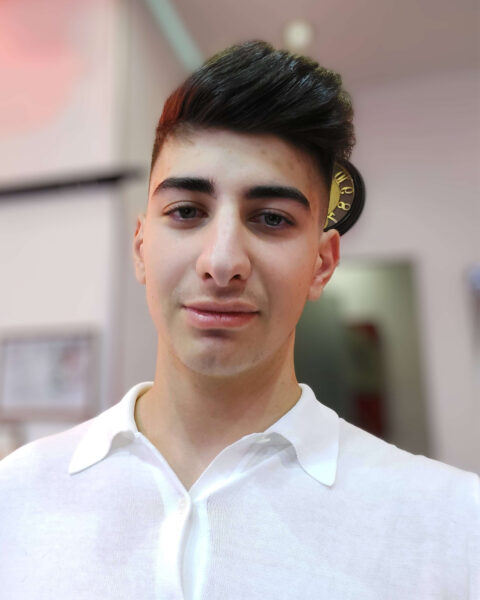
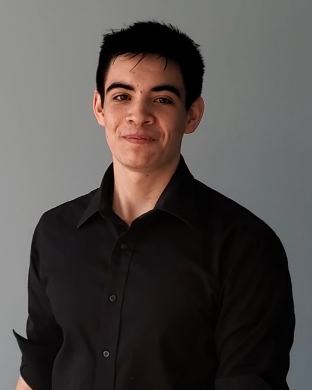 Smart and Self-Sustainable 3D Printing Farms
Smart and Self-Sustainable 3D Printing Farms
Awardee(s): Farhad Ibrahimzade, COE’26, Alexander Feuer COE’26
Mentor: Thomas Consi, COE, Electrical and Computer Engineering
We are developing a system to autonomously monitor and control 3D printers in a maker space. This will allow 3D printers to run continuously with maximum uptime and with minimal human intervention. The system will autonomously control the 3D printers and will be able to start print jobs and collect them upon completion by physically removing the magnetic printing surface and replacing it with a new one. It will also implement access control and print failure detection to further optimize the use of the equipment. Such a system will allow wider access to 3D printing in maker spaces.
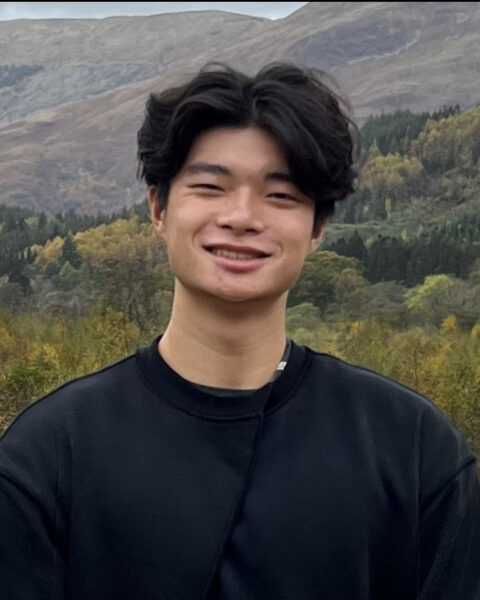 Validation of Protein Domain Translocation
Validation of Protein Domain Translocation
Awardee: Darren Kim COS’26
Mentor: Neel Joshi, COS, Chemistry and Chemical Biology
Traditional medications in treating inflammatory bowl diseases are unable to bypass the gut mucosa to the basal side of the epithelial. For the Summer 1 2024 semester, I am validating the translocation of a chimeric protein platform through the gut intestinal epithelial cells. Using the Cholix domain I from Vibrio Cholerae, I am validating the secretion of cholix (CHX) and a green fluorescent protein (GFP) in our cellular chassis E.coli Nissle 1917. Secretion assays and transwell’s with gut tissue will assess the translocation of the CHX-GFP platform through epithelial cells.
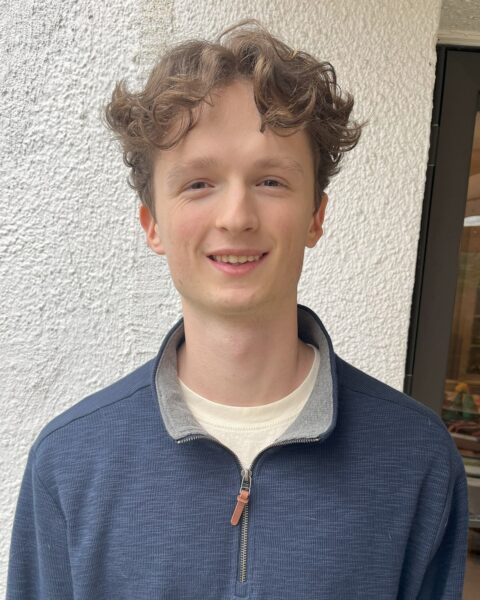 Materials Characterization of Minerals Recovered from Electrochemical Treatment of Wastewater
Materials Characterization of Minerals Recovered from Electrochemical Treatment of Wastewater
Awardee: Graham MacDonald COE’26
Mentor: Damilola Daramola, COE, Chemical Engineering
Electrochemical processing of nutrient-rich wastewater to precipitate phosphorus and nitrogen containing minerals – in particular struvite – has been studied as a potential fertilizer source with reduced greenhouse gas emissions compared to typical sources. Previous work determined relationships between process efficiency and operating conditions by considering phosphorous removal from solution. This project will instead use materials characterization methods, SEM-EDX and XRD, to produce solid-state metrics which will be related back to operating conditions via statistical methods, with the hope of furthering the understanding of process chemistry. I plan to present these results at the RISE expo in April 2025.
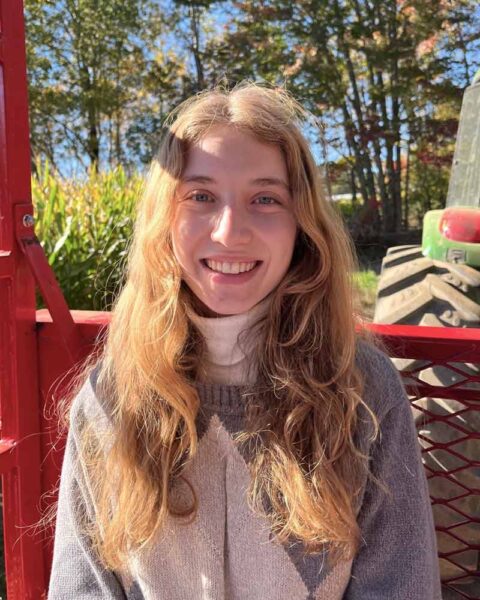 Navigating Intentional Communities: Perspectives of Young Adults in Post-Pandemic America
Navigating Intentional Communities: Perspectives of Young Adults in Post-Pandemic America
Awardee: Romi Manela Bouvé’24
Mentor: Laura Senier, CSSH, Sociology and Anthropology
Exploring how young adults in America perceive intentional communities in a post-pandemic world, this study investigates shifting attitudes toward shared living spaces. This research addresses the timely need to understand evolving societal attitudes towards community, housing, and well-being. This study will utilize digital fieldwork to investigate perceptions of intentional communities; Anticipated outcomes include gaining insight into post-covid shifts in alternative living preferences. In the wake of the pandemic, understanding attitudes on alternative living models may offer valuable insight for the creation of affordable, community-oriented housing options. The results will be shared via RISE, the APHA annual conference and the SSRN.
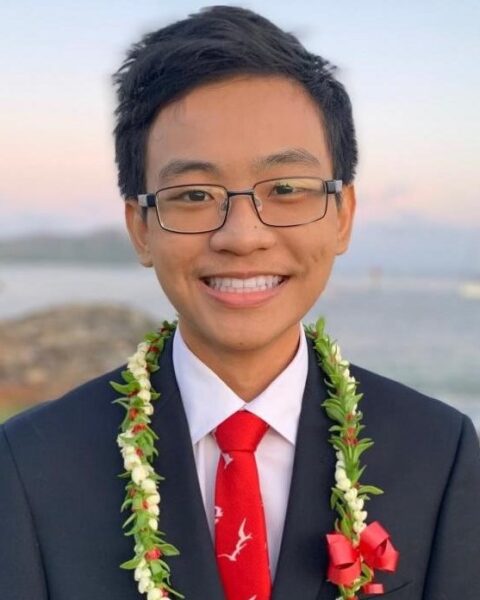 Very Low Frequency Magnetoelectric Antenna Array Communication System
Very Low Frequency Magnetoelectric Antenna Array Communication System
Awardee: Thomas Noochan COE’25
Mentor: Nian Sun, COE, Electrical and Computer Engineering
Very low frequency (VLF) radio waves are well suited for applications such as underwater wireless communication due to its low attenuation characteristics compared to high frequency waves. Current implementations of VLF underwater communication are large and consume large amounts of power. This project aims to reduce the size and power consumption by exploiting characteristics in magnetoelectric (ME) materials. These materials have intrinsic coupling properties which resonate with each other at certain frequencies, capable of producing strong signals. By combining ME antennas into an array, we aim to improve the distance between the transmitter and receiver while maintaining high signal strength
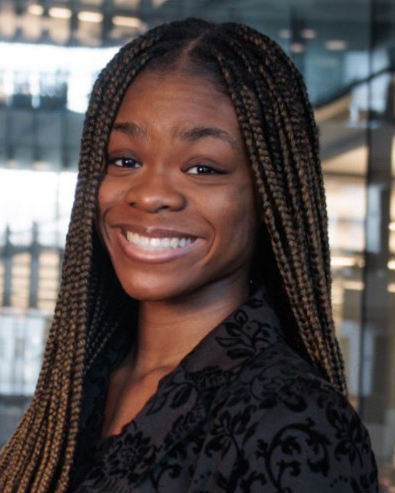 Mother’s Nest
Mother’s Nest
Awardee: Dorcas Olatunji DMSB’24
Mentor: Ellen Fontana, CAMD, Multimedia Studies
In “Mother’s Nest,” we embark on a journey haunted by a recurring memory; Ayomide Ezenwa is drawn into enigmatic “African Stores,” each holding cryptic clues to her family’s history. Her attempts to confront her mother, Damilola, lead to revelations neither is prepared to face. Within these mystical stores, Ayomide unlocks a doorway to her mother’s past, intricately intertwined with her own, forcing them to confront unresolved conflicts before the chaos of their familial baggage consumes them. It is currently at 40 pages, on target to get to 110 and become the basis for submission into feature film exposition events.
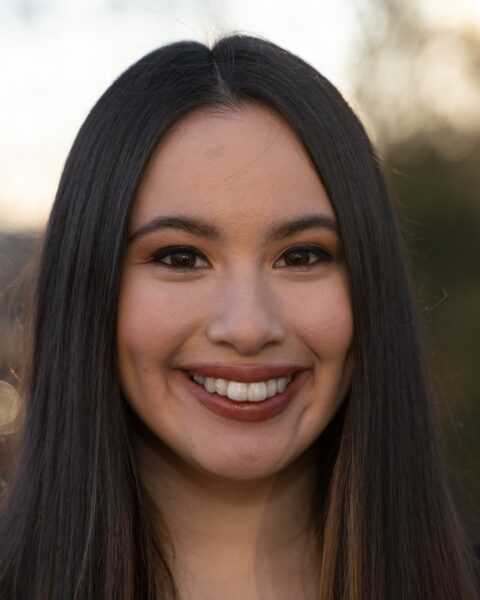 Assessment of the Nutritional Status of VL Patients and Associated Risk Factors in Baringo County
Assessment of the Nutritional Status of VL Patients and Associated Risk Factors in Baringo County
Awardee: Isabel Roman Bouvé’25
Mentor: Richard Wamai, CSSH, Cultures, Societies and Global Studies
The purpose of my project will be to establish the relationship between nutritional status and Visceral Leishmaniasis in Baringo County, Kenya. This will be done using a mixed methods design that will collect data from current patients and analyze retrospective data from patient files at Chemolingot hospital. Qualitative data will also be collected through patient and key informant questionnaires. I plan to share my conclusions with the ACCIH center in Kenya to guide future research. I also hope to present my findings at the RISE 2024 conference and to write a manuscript to disseminate my work.
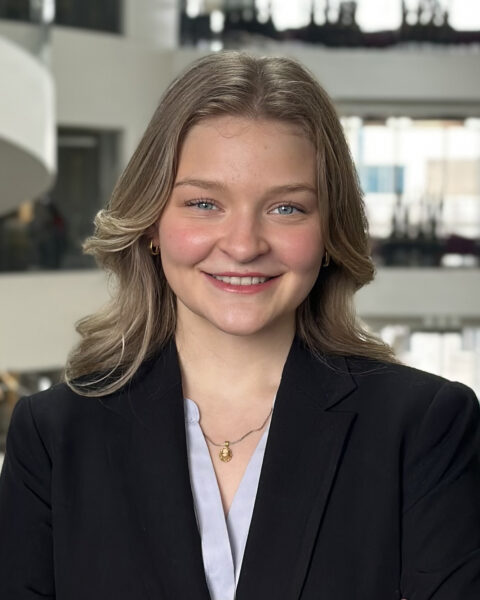 Investigating the Mechanism by Which Ionic Liquids Facilitate the Diffusion of Low Solubility Drugs
Investigating the Mechanism by Which Ionic Liquids Facilitate the Diffusion of Low Solubility Drugs
Awardee: Maeve Ryan COS’26
Mentor: Steve Lustig, COE, Chemical Engineering
The mucosal lining of the intestines is a major barrier to successful delivery of many drugs, and ionic liquids have emerged as a potential solution. While they have proven effective in increasing bioavailability of drugs and decreasing mucin viscosity, their mechanism is unknown. Maintaining the integrity of the protective mucosal layer is of high concern. In this experiment, we will use novel analysis of reaction kinetics between ionic liquids, drugs, and mucin, along with several other methods of analysis to make a conclusion about whether ionic liquids change the structure of mucin and therefore their viability for use in pharmaceuticals.
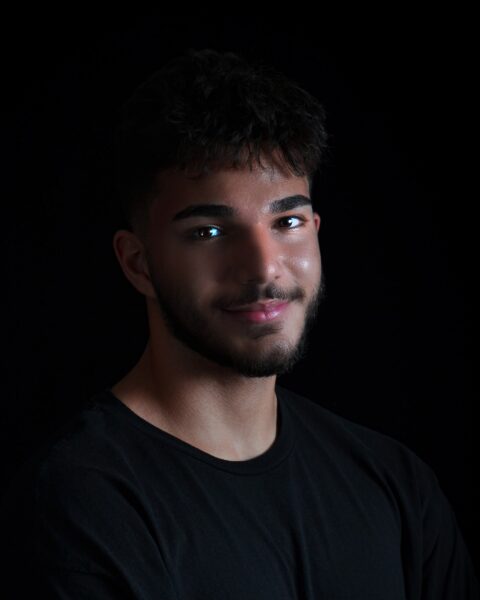 Exploring the Relationship between Proteasome Inhibition and Photodynamic Therapy in Ovarian Cancer
Exploring the Relationship between Proteasome Inhibition and Photodynamic Therapy in Ovarian Cancer
Awardee: Rami Taha COE’27
Mentor: Bryan Spring, COS, Physics
Epithelial ovarian cancer (EOC)’s high fatality rate is largely attributed to the rapid development of resistance to conventional therapies. My project addresses this by merging targeted activatable photoimmunotherapy (taPIT), an advanced, selective variant of photodynamic therapy (PDT), with proteasome inhibition. This approach combines the precision of taPIT, using antibody-conjugated photosensitizers for targeted destruction, with the cellular stress induced by proteasome inhibitor MG132 to enhance treatment potency, specificity, and overcome drug resistance. Synergy will be measured by evaluating the combined effect’s efficacy beyond individual treatments. Findings aim for a presentation at the American Society for Photobiology conference and a publication.
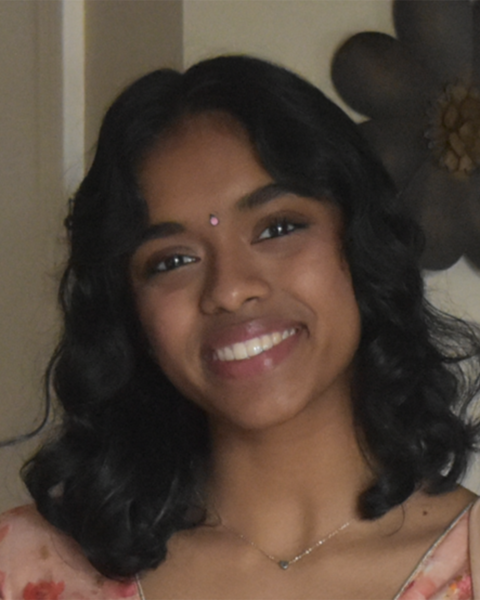 Modeling the Vapor-Liquid Equilibration Curve of Pentadecanoic Acid Using Gibbs Ensemble Monte Carlo
Modeling the Vapor-Liquid Equilibration Curve of Pentadecanoic Acid Using Gibbs Ensemble Monte Carlo
Awardee: Ann Titus COE’26
Mentor: Mona Minkara, COE, Bioengineering
This study utilizes a computational method called Monte Carlo simulations to analyze the vapor-liquid coexistence curve of Pentadecanoic Acid (PDA). PDA is a compound that structurally resembles lipid monolayers within the lungs. These monolayers are important during respiration as vapor-liquid coexistence occurs within the body. Monte Carlo simulations are set up as 2 boxes representing each phase, between which the PDA particles can swap. Data regarding density, temperature, etc. is collected over numerous time steps, constructing a coexistence curve. Modeling successful coexistence curves advances the understanding of lung monolayer behavior and is a large step in computational drug interaction research.
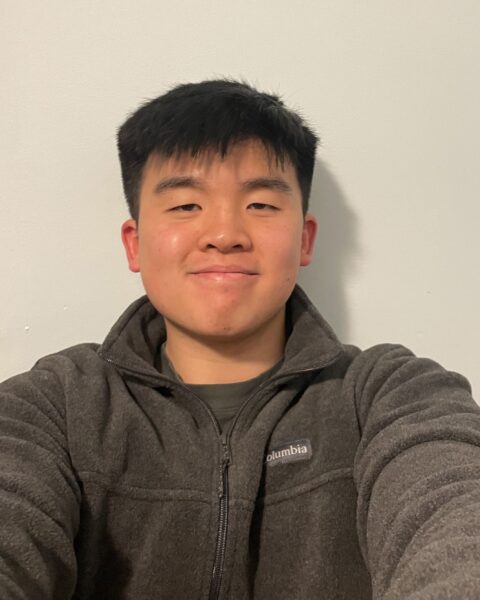 Computational Model Development for Reflectarray Antennas
Computational Model Development for Reflectarray Antennas
Awardee: Lanny Tseng COE’25
Mentor: Cristian Cassella, COE, Electrical and Computer Engineering
Reflectarray antennas have applications ranging from telecommunications to aerospace/defense. My proposed project aims to develop a working model of this device. The results will be presented in the form of a computational model and HFSS/ADS/CST simulation results. Most of the work done for this project will be done through the mentioned EM simulation software, however, physical device testing in anticipated for the future. My work will be presented at Northeastern’s RISE and a conference/journal paper will be written. The result of my project will allow for more accurate modeling of reflectarray antennas for members of the scientific community.
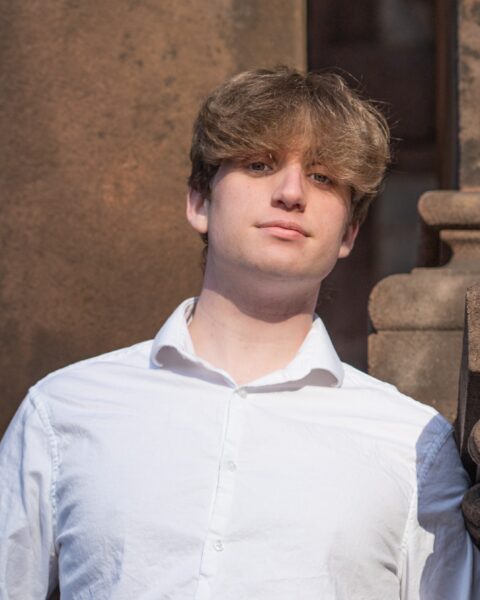 Developing More Complete MeV Gamma Ray Spectra for GRAMS Collaboration
Developing More Complete MeV Gamma Ray Spectra for GRAMS Collaboration
Awardee: Tim Wessling-Resnick COS’26
Mentor: Tsuguo Aramaki, COS, Physics
Through this project I will develop spectra models for objects contained in a three-way cross match between Fermi-LAT, Swift-BAT, and COMPTEL catalogs, spanning 14 keV to 300 GeV. Including COMPTEL data will enable more complete spectral fitting than previously conducted. By applying MeV gamma ray background constraints, spectra of objects cross-matched could reveal astrophysical processes in the MeV energy range of the GRAMS collaboration between 0.1 MeV and 100 MeV which may be attributed to dark matter annihilation and decay. More complete spectral modeling will serve as predictions for the data collected from the GRAMS balloon and satellite flight.
 An Investigation of NaV1.2 Channel Dysregulation in Autism Spectrum Disorder
An Investigation of NaV1.2 Channel Dysregulation in Autism Spectrum Disorder
Awardee: Hannah Wimpy Bouvé’28
Mentor: Leigh Plant, Bouvé, Pharmaceutical Sciences
This project investigates how specific brain ion channels may impact autism, a disorder affecting millions globally. By understanding these connections, we aim to deepen insights into autism’s complexities. Using scientific conferences and journal publications, we’ll share our findings to advance understanding and potentially uncover novel approaches for treating this intricate disorder. Through this dissemination, we hope to contribute to a broader understanding of autism, ultimately benefiting individuals affected by the condition and advancing the field of neurodevelopmental research.
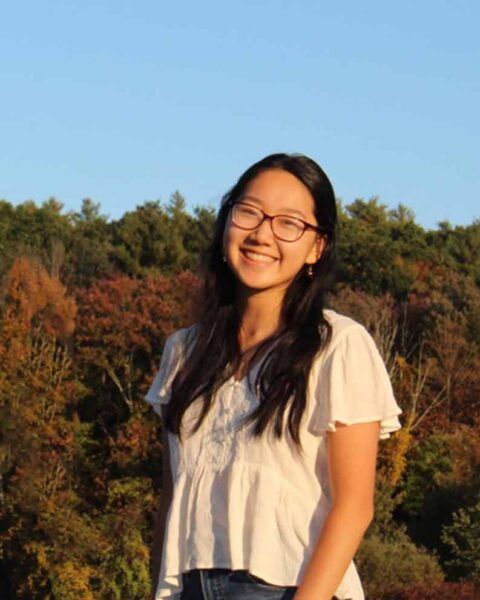 Fostering Community-Engagement in Operationalizing Climate Gentrification
Fostering Community-Engagement in Operationalizing Climate Gentrification
Awardee: Emily Wu Bouvé’25
Mentor: Patrice Williams, CSSH, Public Policy and Urban Affairs
Climate gentrification occurs when the effects of climate change, such as rising temperatures and sea levels, result in the increased property value in specific areas, driving the displacement of lower-income and marginalized populations. This project seeks to organize a community-based approach to addressing displacement risks by empowering urban residents in identifying risk factors, strengthening community identities, and enhancing adaptive capacity through collaborative data analysis and educational workshops. Project findings are expected to be presented at RISE 2025 and shared within the Boston community.

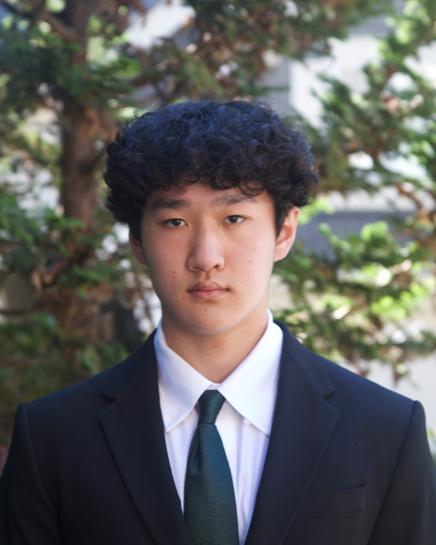 The Financial Performance of Initial Coin Offerings in the United States
The Financial Performance of Initial Coin Offerings in the United States
Awardee(s): Xing Yan DMSB’25, Brian Yin DMSB’27
Mentor: Xiaochuan Tong, DMSB, Business Administration
Our project investigates the financial performance of Initial Coin Offerings (ICOs) in the United States. By analyzing data from various ICOs, our goal is to understand the direction of the markets and trends within companies to verify if ICOs and cryptocurrency overall will serve to overtake cash IPOs within financial markets. We plan to research using data provided by various cryptocurrency trackers and libraries as well as combining established research on the topic. Our findings will then be published in an external journal to contribute to further analysis of cryptocurrency as an investment vehicle.
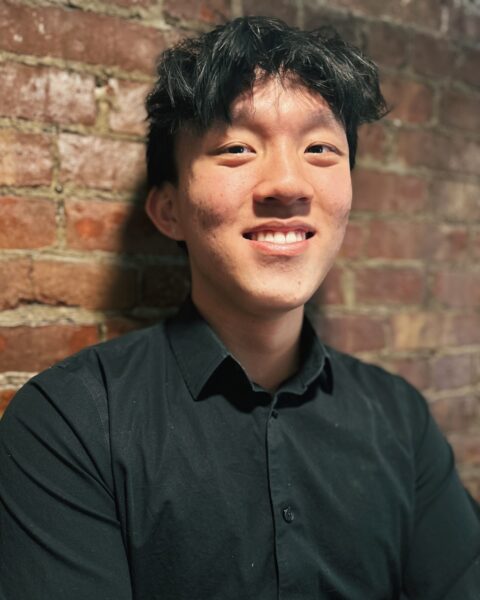 Testing Intervention Strategies to Enhance Task Focus
Testing Intervention Strategies to Enhance Task Focus
Awardee: Keith Yao Khoury’27
Mentor: Aaron Seitz, COS, Psychology
“Testing Intervention Strategies to Enhance Task Focus” aims to improve attentional focus through interventions. This entails a systematic review of external stimuli effects on attention, followed by short-term interventions on college students by manipulating kinesthetic and perceptual experiences. Outcomes will be analyzed using machine learning. Anticipated outcomes include identifying effective strategies to enhance focus and mitigating declining attention spans. Results will be disseminated through academic publications while interventions will be implemented in classrooms.
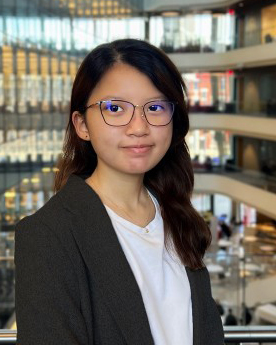 Echoes of Privacy: Uncovering the Profiling Practices of Voice Assistants
Echoes of Privacy: Uncovering the Profiling Practices of Voice Assistants
Awardee: Elaine Zhu Khoury’26
Mentor: Daniel Dubois, Khoury, Computer Science
This research project examines privacy implications of voice assistants like Google, Amazon, and Apple. It investigates user profiling practices by asking these voice assistants queries through voice searches. The significance of this project is to uncover possible breaches of user privacy and integrity when using the voice assistant, such as inaccurate profiling. The anticipated outcome includes presenting this research at the RISE conference and ultimately writing a research paper summarizing the findings.
SUMMIT AWARDEES
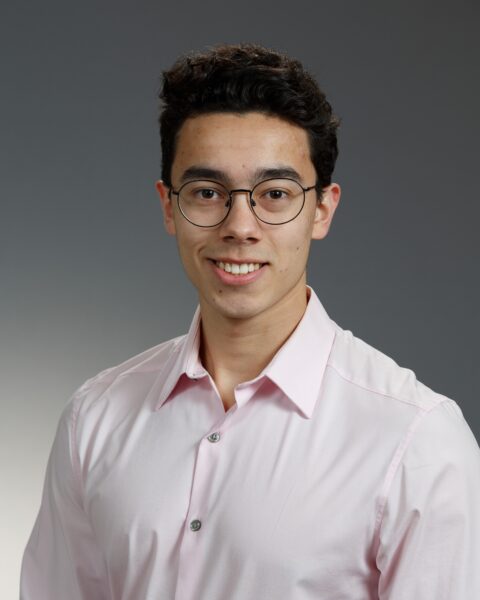 Effects of Alterations in Specific Regions of the Lon Protease on Biofilm Formation in A. baumannii
Effects of Alterations in Specific Regions of the Lon Protease on Biofilm Formation in A. baumannii
Awardee: Guillermo Antunez Tierney COS’25
Mentor: Veronica Godoy-Carter, COS, Biology
I study how the Lon protease regulates biofilms – a self-made defensive enclosure that strategically protects multicellular bacterial communities – in the opportunistic pathogen Acinetobacter baumannii . Lon has two key regulatory features of DNA-binding and protein degradation. By removing these abilities from Lon through intentional alteration of its gene, we are working to elucidate how Lon controls the production of two surface proteins whose overproduction can inhibit biofilms. Our insights into biofilm formation aim to inform potential treatment strategies making use of this defense system. In addition to external poster presentations, I hope to submit a manuscript for publication.
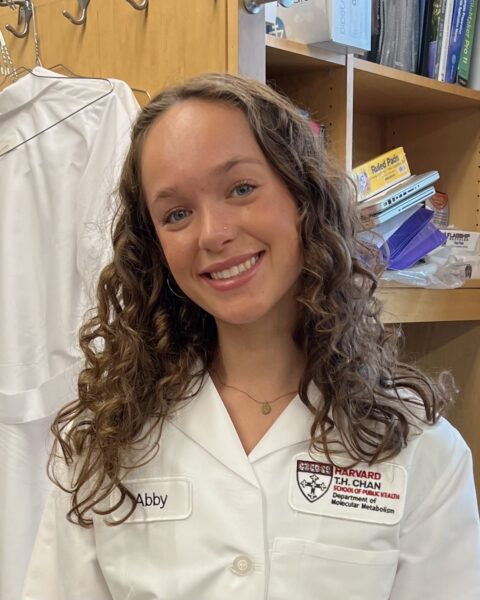 Trends and Risk Factors for Visceral Leishmaniasis among Women of Reproductive Age in Kenya
Trends and Risk Factors for Visceral Leishmaniasis among Women of Reproductive Age in Kenya
Awardee: Abigail Binkley COS’26
Mentor: Richard Wamai, CSSH, Cultures, Societies and Global Studies
I will investigate risks and trends of visceral leishmaniasis (VL) for women in Chemolingot, Kenya at The TERMES Center. VL, a disease endemic to Kenya, causes 4,000+ cases yearly, women comprising 30% of the affected population. Understanding this is vital because of challenges women face regarding poorer access, cultural barriers, and differential outcomes. Through interviews, questionnaires, access to patient records, and studying demographic factors (age, bed net possession, pregnancy status, etc.), I will analyze qualitative and quantitative results. Anticipated outcomes including increased awareness and preventative strategies will be shared at RISE, along with additional conferences and publishing my research.
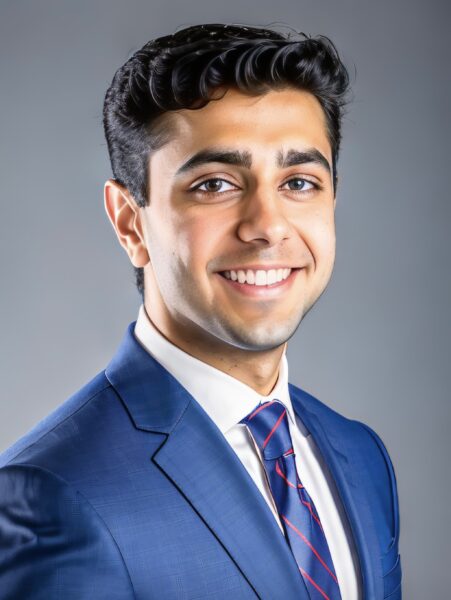 Assessing the Impact of Transgender Violence on Health Outcomes Utilizing Electronic Health Records
Assessing the Impact of Transgender Violence on Health Outcomes Utilizing Electronic Health Records
Awardee: Rohan Chopra Khoury’26
Mentor: Winston Kennedy, Bouvé, Physical Therapy, Human Movement, and Rehabilitation Sciences
This project aims to understand how violence affects the health of transgender individuals by analyzing electronic health records. Despite its importance, transgender health is significantly understudied due to small patient numbers. We plan to leverage data to quantify health issues related to violence, examine associations between violence and health outcomes, and identify healthcare needs and utilization patterns specific to transgender individuals who have experienced violence. By filling a critical research gap, the study seeks to inform healthcare practices, policies, and interventions tailored for the transgender and gender-diverse community, ultimately improving healthcare delivery and support for this vulnerable population.
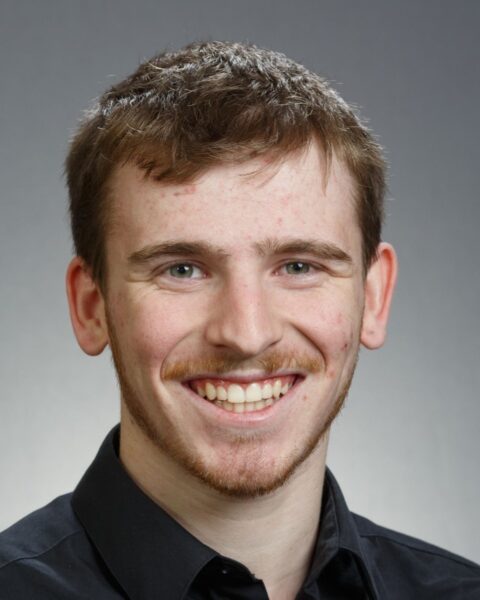 Hydrogen Deuterium Exchange Mass Spectrometry Using Subzero Liquid Chromatography
Hydrogen Deuterium Exchange Mass Spectrometry Using Subzero Liquid Chromatography
Awardee: Zachary Cohen COS’26
Mentor: Thomas Wales, COS, Chemistry and Chemical Biology
A protein’s dynamics are important to our understanding of its structure, function, and intermolecular interactions. These dynamics are often explored using hydrogen/deuterium exchange mass spectrometry (HDX-MS). Proteins are placed into a solvent D2O buffer where exchange of hydrogen for deuterium occurs at exchangeable positions. Incorporation of deuterium can be measured using mass spectrometry. Currently, the analyses of complex protein matrices are not routine. By using chromatography at subzero temperatures, we will apply HDX for screening of off-target interactions of various drugs in human plasma.
 Lighting up a Cure to Chronic Pain
Lighting up a Cure to Chronic Pain
Awardee: Lauren Dang COS’25
Mentor: Anna Sromek, COS, Chemistry and Chemical Biology
Stopping or inhibiting the function of a protein N-acylethanolamine acid amidase (NAAA) has been found to cure chronic pain, an illness affecting 116 million Americans. However, inhibiting NAAA is difficult due to its location within cells. My PEAK project develops a substance that lights up (fluoresces) when a compound inhibits NAAA, where I will create the fluorescent substance and test it within cells. In doing so, I hope to streamline drug development for a cure for chronic pain in my lab and share my results at RISE to help other labs develop cures for other diseases with similar biological issues.
 Investigating a Novel Association Between Pulcherrimin and Teichuronic Acid
Investigating a Novel Association Between Pulcherrimin and Teichuronic Acid
Awardee: Migue Van Louis Darcera COS’25
Mentor: Yunrong Chai, COS, Biology
Cell walls are fundamental structures in many bacterial cells, functioning to give the cell its shape and mediate the stress from the pressure of turgor. In gram-positive bacteria, such as Bacillus subtilis, the cell wall is decorated with cross-linked peptidoglycan, proteins, and anionic polymers such as teichuronic acid. In this project, we investigating a novel link between teichuronic acid, and pulcherrimin, a pigment produced during biofilm development. We plan to use standard microbiology and molecular biology tools to elucidate this novel association, and this study could broaden new targets for biofilms, which are growing threats in clinical settings.
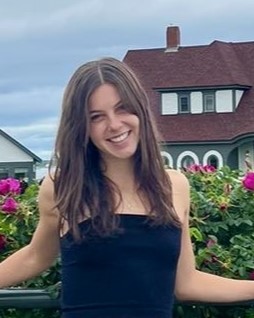 Intuitive Eating to Promote Mental Wellbeing: A Pilot Study of a Digital Single-Session Intervention
Intuitive Eating to Promote Mental Wellbeing: A Pilot Study of a Digital Single-Session Intervention
Awardee: Molly Haggerty Bouvé’25
Mentor: Rachel Rodgers, Bouvé, Applied Psychology
Many young adults experience anxiety, depression, and disordered eating. Intuitive eating (IE) entails a flexible relationship with food, responsive to the body’s signals, rejecting dieting. Intuitive eating is associated with lower levels of mental concerns and improved well-being. This project will develop an online single-session intuitive eating intervention for young adults at-risk for eating disorders, anxiety, and depression and examine if the intervention helps to reduce these concerns over time. As intuitive eating interventions may need adaptation for diverse individuals, feedback will be obtained from participants from diverse backgrounds. Findings will inform the refinement of resources to prevent disordered eating.
 The Cotton Chronicles: Enslavement, Pain, and Global Perceptions, 1650-1850
The Cotton Chronicles: Enslavement, Pain, and Global Perceptions, 1650-1850
Awardee: Shanthi Hegde COS’25
Mentor: Victoria Cain, CSSH, History
Across the British North America and Caribbean colonies, enslaved people suffered from all manners of pain, which was enforced by enslavers. This project, in collaboration with Global Threads, explores the human cost of the cotton trade by examining pain and pain perception of enslaved laborers, the inequitable health care they received, and the economic prosperity generated by cotton. By analyzing historical documents, research reveals the brutal realities of inadequate treatment, and the suffering experienced continues to have a legacy today. The research findings will be disseminated through a series of research posts, and a poster presentation at AAHM 2025.
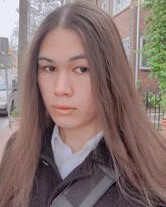 Developing Mathematical Intuition with Algebraically-Informed Neural Networks
Developing Mathematical Intuition with Algebraically-Informed Neural Networks
Awardee: Circe Hsu COS’25
Mentor: Robin Walters, Khoury, Computer Science
We seek to study groups, objects which encode information relating to symmetry, using an interdisciplinary neural-network driven approach. In studying these groups we hope to develop new methods and tools for a broader machine learning driven study of mathematics, enabling our mathematician collaborators to make progress on unsolved problems in their fields.
 The Impact of Clonal Hematopoiesis of Indeterminate Potential (CHIP)
The Impact of Clonal Hematopoiesis of Indeterminate Potential (CHIP)
Awardee : Subear Hussein Bouvé’25
Mentor: Brianne Olivieri Mui, Bouvé, Health Sciences
This project investigates the role of clonal hematopoiesis of indeterminate potential (CHIP) in high-risk, smoldering multiple myeloma (SMM) patients. By analyzing Dana-Farber clinical trial data, we aim to understand how CHIP status influences SMM progression and response to treatment. This research holds significance in advancing personalized medicine for blood cancers and optimizing health outcomes for individuals at risk of developing multiple myeloma (MM). Anticipated outcomes include identifying associations between CHIP status and treatment response, ultimately guiding future interventions. Results will be disseminated through scientific publications and presentations to benefit medical professionals and patients.
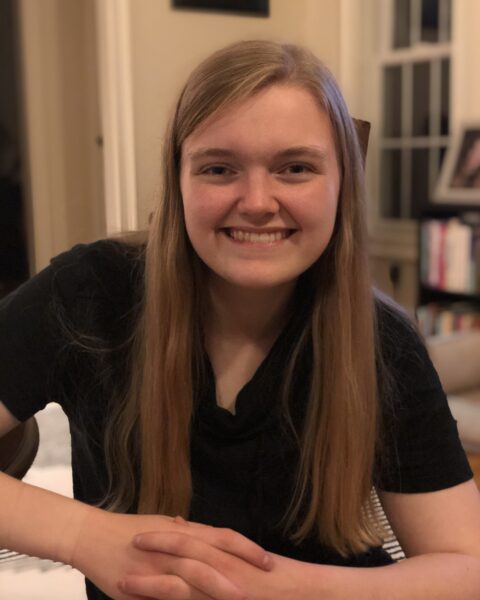
 Reinforcement Learning for Autonomous Control of Mobile Robots
Reinforcement Learning for Autonomous Control of Mobile Robots
Awardee(s): Neo Isak Khoury’25, Casey Goyette COE’26
Mentor: Rajagopal Venkatesaramani, Khoury, Computer Science
As robots are employed for increasingly complex and delicate tasks, a need has emerged for more accurate and efficient autonomous movement than existing algorithms provide. Roboticists have turned to AI as a solution due to its adaptability, but models are difficult to train properly under the limitations of simulations. We respond to this problem by training a model on a physical robot. We refine a methodology for training similar models in real-world environments that minimizes cost in hopes of making AI-powered control a more feasible option for high-budget projects. We intend to share our research in an academic journal.
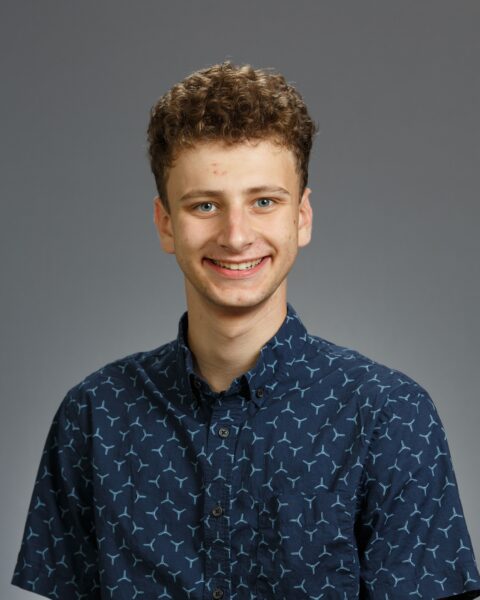
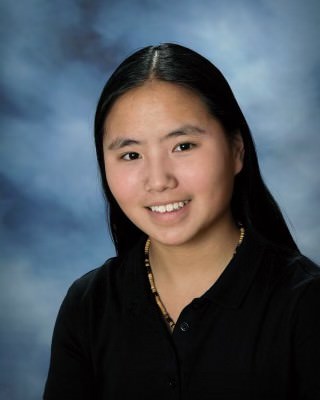 Remote Deployment of Underwater Robots Using a USV
Remote Deployment of Underwater Robots Using a USV
Awardee(s): Jonah Jaffe Khoury’25, Elizabeth Collins COE’25
Mentor: Thomas Consi, COE, Electrical and Computer Engineering
This project aims to build an attachment for a marine unmanned surface vehicle (USV) that allows it to deploy other marine research robots including buoyancy controlled floats and underwater remotely operated vehicles (ROVs). It will secure the robots using specialized swappable end effectors and lower them into the water for deployment using linear actuators. More specific to the ROV, we will create a specialized communication system and winding winch that allow it to be operated without a tethered connection to it. The aim is to create an all in one marine research system that increases accessibility to marine research.
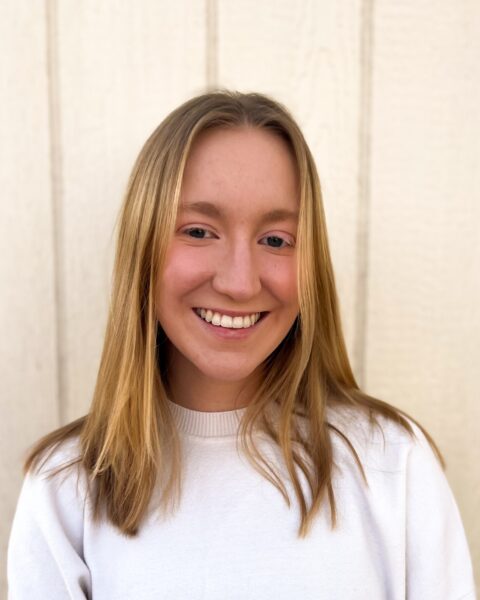 Investigating Drug-Drug Interactions between Anticonvulsants and HIV Protease Inhibitors
Investigating Drug-Drug Interactions between Anticonvulsants and HIV Protease Inhibitors
Awardee: Emma Kohrt Bouvé’25
Mentor: Brianne Olivieri-Mui, Bouvé, Health Sciences
This project uses 2016-2018 claims data from a NYC-based HIV Medicaid special needs plan to investigate whether the co-administration of anticonvulsant drugs and protease inhibitors is associated with worse viral suppression in an HIV population. Using fully adjusted multivariate regression models, we expect to find a significant relationship between the presence of drug-drug interactions and viral suppression. Understanding how these drugs interact and affect viral load levels is critical for people living with HIV, especially the older population who have comorbidities requiring various medications. This research will be presented at the American Public Health Association’s annual meeting.
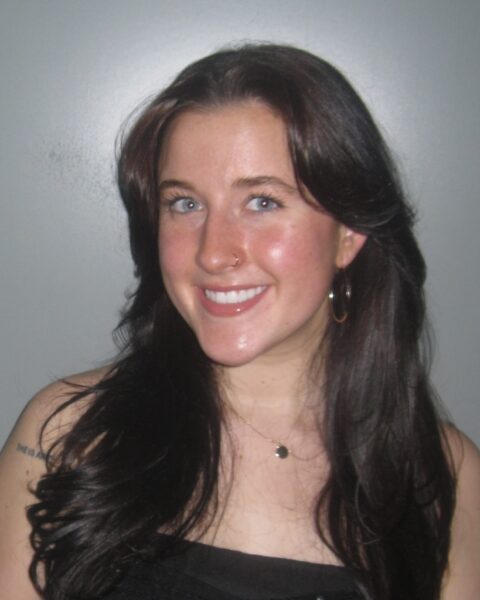 Investigating Neural Pathways in Rats Who Experience Social Support after Early Life Adversity
Investigating Neural Pathways in Rats Who Experience Social Support after Early Life Adversity
Awardee: Audrey Lynch COS’25
Mentor: Heather Brenhouse, COS, Psychology
Early life adversity (ELA) is the early exposure to negative experiences including war, malnourishment, and neglectful parenting. Using rat maternal separation and a helping behavior test, this project explores how social support may mitigate the negative effects of ELA on locus-coeruleus (LC) norepinephrine (NE) pathways. I hypothesize that if social support after ELA mitigates stress response, then rats who receive social support will have relatively less LC NE activity. Results will be presented at 2024 SFN conference and 2025 RISE. Ultimately, these studies can help treat psychiatric disabilities that are attributable to ELA and LC dysfunction.
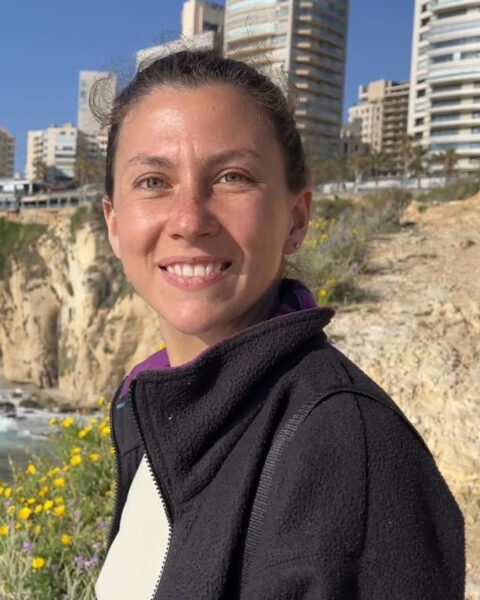 Home on Earth: An Intergenerational Storytelling and Mapping Project
Home on Earth: An Intergenerational Storytelling and Mapping Project
Awardee: Maya Maroni COS’25
Mentor: Alison Glassie, CSSH, English
Focusing on relationships to land and water in places my family calls home, I will interview my family members and develop a narrative story-map detailing how we have made kin with the more-than-human world. I will explore the ecologies of Rhode Island and Abu Dhabi, two places I call home. From there, using an autoethnographic approach, I will consider placehood given family legacies of migration and the many different places family members inhabit. The final result will be a geographic map containing a web of kin connections, which I plan to publish in literary journals focused on human-nature relationships.
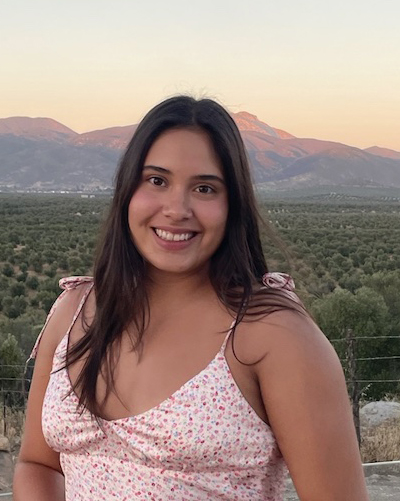 Examining the Effect of Knocking Down CD44 on Blood Brain Barrier Integrity
Examining the Effect of Knocking Down CD44 on Blood Brain Barrier Integrity
Awardee: Karina Millican COE’25
Mentor: Eno Ebong, COE, Chemical Engineering
In Alzheimer’s disease, vascular dysfunction is commonly overlooked as a contributing factor to the progression of this disease. This project investigates the role of CD44, a key core protein of the glycocalyx, and its involvement in blood-brain barrier (BBB) dysfunction. A relevant in vitro BBB model will be used to analyze the effects of CD44 knockdown on tight junction proteins and BBB permeability. It is hypothesized that the knockdown of CD44 will contribute to decreased barrier function, and an increase in permeability. These results could lead to identifying alternative therapeutic targets for Alzheimer’s residing outside of the brain parenchyma.
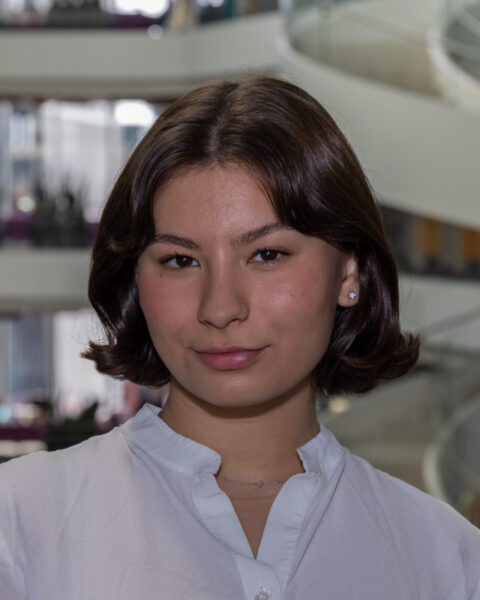
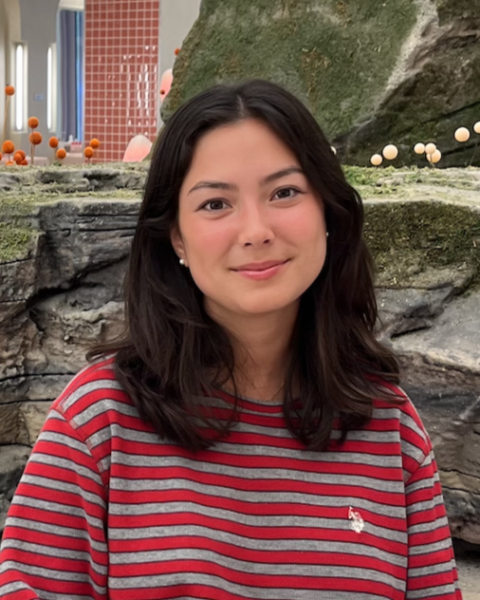
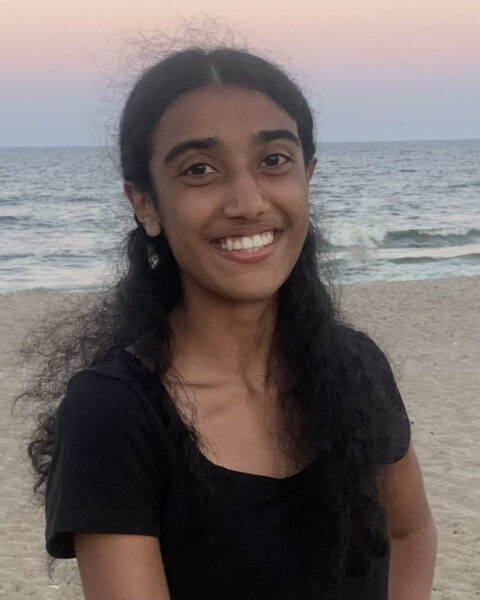 Nuscent
Nuscent
Awardee(s): Zoia Okulova COE’25, Mia Weisman COE’25, Keerthi Atluri COE’26
Mentor: Benjamin Woolston, COE, Chemical Engineering
Northeastern’s iGEM team aims to make composting more accessible to urban communities through synthetic biology. Compost is known for its bad smell, deterring individuals from participating in sustainable waste disposal. To combat this problem, our team is engineering microbes to produce mint and lavender smelling compounds to counteract compost’s disagreeable odor. The team has identified molecules, linalool and menthol, that can be produced through biochemical pathways. The team hopes to genetically engineer identified microbes using protein-coding plasmids to express pathways of interest, turning a compost bin into a natural air freshener!
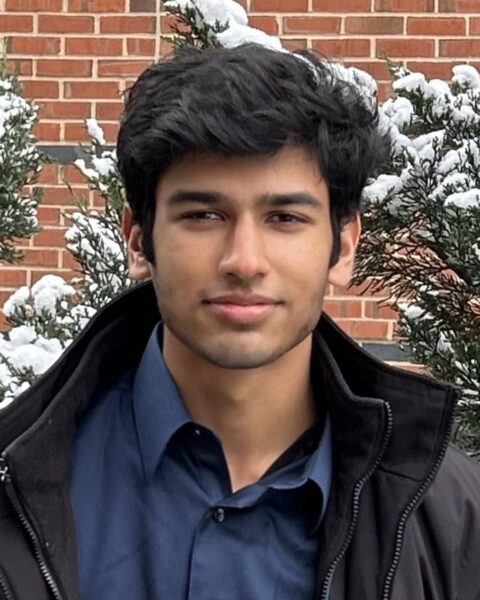 Serum Cytokine Profiling in Patients with Alcohol-Associated Hepatitis
Serum Cytokine Profiling in Patients with Alcohol-Associated Hepatitis
Awardee: Arman Patel COS’24
Mentor: Matthias Schlichting, COS, Biology
Alcoholic hepatitis is a liver condition caused by excessive alcohol consumption over time. One aspect of alcoholic hepatitis involves the dysregulation of cytokines, which are proteins that cause inflammation. For example, pro-inflammatory cytokines such as interleukins and tumor necrosis factors are often elevated in individuals with alcoholic hepatitis. In this project, I plan to profile certain interleukins from an observational study done with patients with alcoholic hepatitis. Anakinra, an interleukin antagonist, was administered to these patients to alleviate inflammation. Understanding the role of cytokines in alcoholic hepatitis can provide insights into therapeutic targets such as Anakinra to manage this condition.
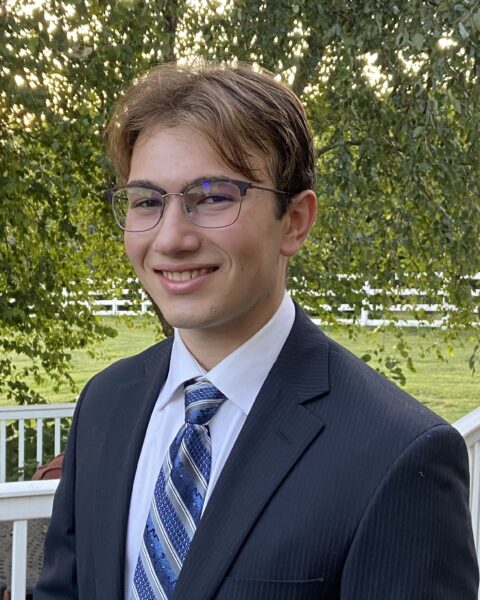 Muscle-Incorporated Synthetic Pelves for Improved Biomechanical Testing of Osteosynthesis
Muscle-Incorporated Synthetic Pelves for Improved Biomechanical Testing of Osteosynthesis
Awardee: Jonah Sachs COE’25
Mentor: Marianne Hollensteiner, COS, Bioengineering
Pelvic ring fractures are very dangerous, due to their proximity to main blood vessels. Metal plate implants are used to fix fractures and accelerate healing and synthetic models assess the effectiveness of these implants. Current testing omits bone-muscle interactions, yielding ineffective representation. This project will assess the effectiveness of a variety of anchorage methods in attaching artificial muscle to polyurethane-derived bone. Tensile testing will compare quantitative deformation values to life-like computational models, where the proximity values correlates to model effectiveness. These results will be shared across the Institute of Biomechanics in Murnau, Germany, where this research is to be conducted.
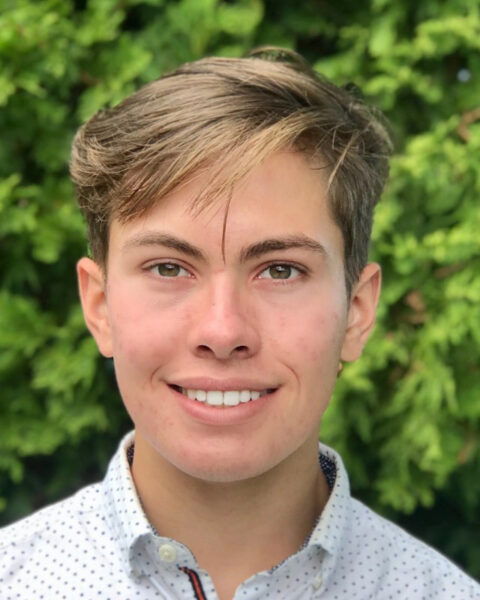 Dynamic Cytokine Immune Response to Acute Cigarette Exposure
Dynamic Cytokine Immune Response to Acute Cigarette Exposure
Awardee: Oliver Trejo COE’25
Mentor: Chiara Bellini, COE, Bioengineering
Widespread cigarette use is a threat to global public health, as they are a major cause of mortality. Cigarettes have simultaneously immunosuppressive and proinflammatory effects in humans, potentially leading to severe illness or death. This project will quantify the time-based changes to innate immune cell activation and cytokine expression after acute cigarette exposure using flow cytometry, immunohistochemistry, and other cell-based assays. Lowered IL-17 expression in expected, in conjunction with over expression of IL6 and TNFa, followed by the impairment of natural killer cells, macrophages, and dendritic cells. All findings are to be shared externally as part of an encompassing publication.
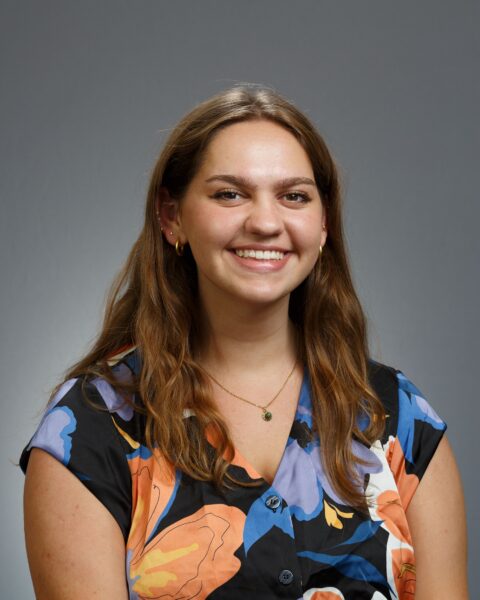 In Situ Release and Characterization of Macroalgal Dissolved Organic Carbon
In Situ Release and Characterization of Macroalgal Dissolved Organic Carbon
Awardee: Cassandra Vongrej COS’25
Mentor: Aron Stubbins, COS, Marine and Environmental Sciences
Macroalgal growth occurs at a high areal rate compared to terrestrial ecosystems and other vegetated coastal habitats. This study aims to quantify the amount and rates of dissolved organic carbon (DOC) produced by macroalgae in the field. During growth, macroalgae sequester C as biomass and through DOC release, which can be further characterized through color dissolved organic matter (CDOM). Various macroalgal species located in rock pools will be studied to analyze both in situ DOC and CDOM release. Results provide knowledge on algal C cycling, helping to elucidate the potential role of macroalgae in C sequestration and broader biogeochemical cycles.
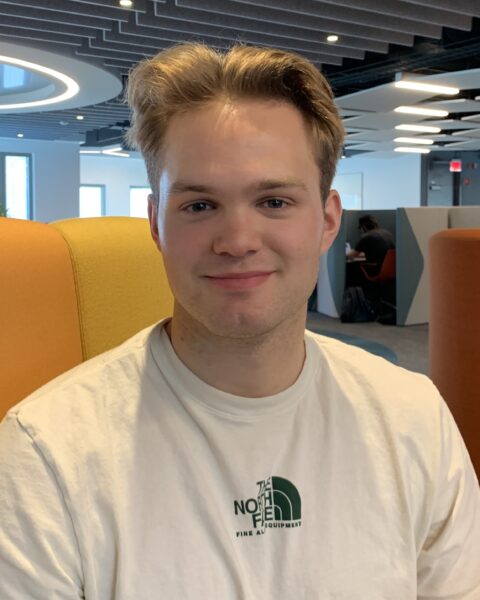 Mur Ligase Inhibitor Drug Discovery
Mur Ligase Inhibitor Drug Discovery
Awardee: Thomas Waltz-Chesnaye COS’25
Mentor: Lori Ferrins, COS, Chemistry and Chemical Biology
I am seeking to synthesize new antibiotic compounds that will function as Mur ligase inhibitors. The Mur ligases are a family of enzymes that build the bacterial cell wall, and hopefully by inhibiting them, we can prevent bacterial growth. New antibiotics must be developed, as bacteria evolve resistance to our arsenal of antibiotics, putting patients at risk of dying of infection. This will be accomplished by the organic synthesis of promising compounds, hoping to produce a novel lead compound by the projects end. This project will be shared at RISE and published in an external journal.
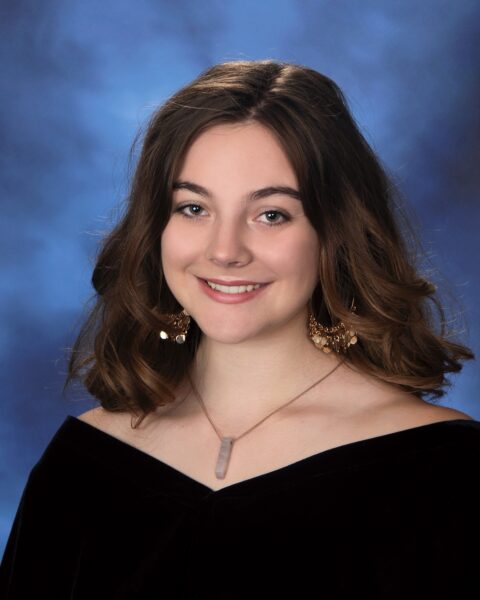 A Phenomenological Study on the Effect of Culture on a Community’s Approach to Maternal and Household Health in a Multi-Disease Context in Baringo County, Kenya
A Phenomenological Study on the Effect of Culture on a Community’s Approach to Maternal and Household Health in a Multi-Disease Context in Baringo County, Kenya
Awardee: Abigail Williams COS’25
Mentor: Richard Wamai, CSSH, Cultures, Societies and Global Studies
This study investigates cultural influences on maternal and household health in Baringo County, Kenya, amidst diseases like visceral leishmaniasis (VL) and obstetric fistula. It focuses on women’s decision-making in healthcare within cultural dynamics. Utilizing phenomenological methods, including in-depth interviews, focus groups, and observation, the study aims to understand women’s roles. It’s the first anthropological review of maternal health among Pokot women in Tiaty, Baringo County, addressing the high prevalence of fistula. Findings will inform interventions shared with the Kenyan Ministry of Health, aiming to combat disease prevalence and cultural challenges.
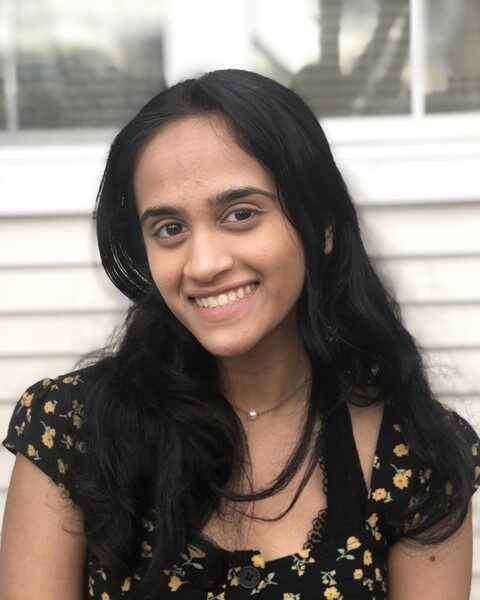 The P300 as a Neuroelectric Biomarker of Depressive Symptoms in Children
The P300 as a Neuroelectric Biomarker of Depressive Symptoms in Children
Awardee: Liesha Yenduri COS’25
Mentor: Charles Hillman, Bouvé, Psychology
Depression is deeply rooted in neurobiology. This secondary data analysis examines task-based electroencephalography (EEG) to identify potential biomarkers for depressive symptoms in healthy preadolescent children. This project concentrates on the P300 event-related potential (ERP), a positive deflection in EEG signal due to neural activity in service of a task performance. Previous research links P300 latency with higher levels of clinical depression. The project aims to determine the relationship between self-reported depressive symptoms, assessed via the Children’s Depression Inventory, and the P300 ERP in healthy elementary aged children, with the goal of publication in a neuroscience journal.
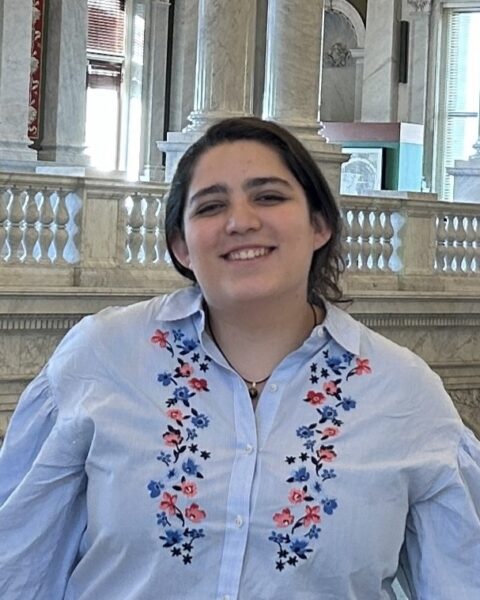 America’s Modern Immigrant Family
America’s Modern Immigrant Family
Awardee: Sofía Zamora Morales CSSH’26
Mentor: Richard Conley, CSSH, Political Science
Through the twentieth century, lawmakers struggled to account for the place of non-White immigrant families in the United States. Congress and federal courts excluded Asian immigrants and increasingly restricted Mexican immigrants from naturalization with the intent to facilitate the creation and settlement of a White citizenry. The consequence of immigrants’ exclusion from US citizenship was the creation of the nation’s first permanent alien, mixed-status, and undocumented immigrant families. America’s Modern Immigrant Family tells family histories through a history of relational race formations using a fabric of oral histories, family documents, memoirs, court records, and other textual materials.
TRAIL BLAZER AWARDEES
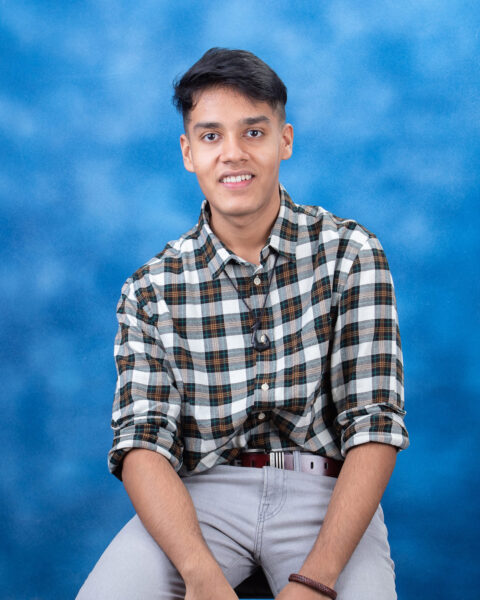 Improving Machine Learning-based Jet-Tagging for Particle Identification
Improving Machine Learning-based Jet-Tagging for Particle Identification
Awardee: Yash Bhora Khoury’25
Mentor: Johan Bonilla Castro, COS, Physics
The project’s goal is to enhance machine-learning (ML) based jet-taggers at the Large Hadron Collider (LHC), the world’s most powerful particle accelerator. By merging advances in computer science with high-energy physics (HEP), the research aims to improve particle identification accuracy and efficiency. The project comprises three main phases: Algorithmic Enhancement, Model Interpretability, and Open Source Contribution. The first phase focuses on improving existing algorithms, while the second phase focuses on extracting the physics from the models. The final phase shares the model with the broader HEP community through an online repository. Results will be presented at the 2024 USCMS conference.
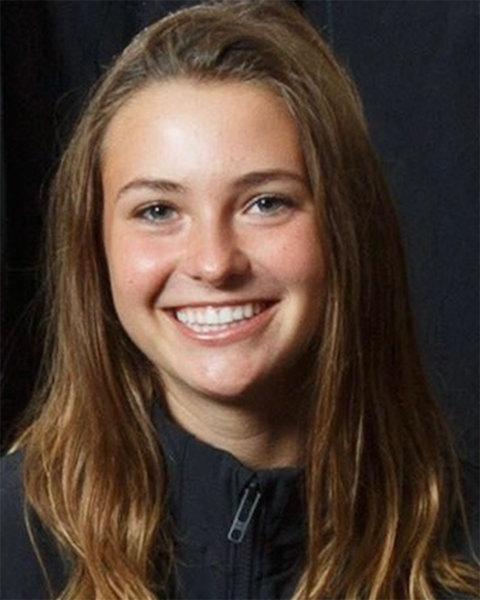 Assessing the Impact of Temperature on Spatial Distribution Patterns of Forest Grazing Cattle in Northern Arizona
Assessing the Impact of Temperature on Spatial Distribution Patterns of Forest Grazing Cattle in Northern Arizona
Awardee: Tessa McClain COS’25
Mentor: Mariana Valencia Mestre, COS, Marine and Environmental Sciences
Ranching is the most widespread use of Arizona public lands. The way cattle distribute themselves on the landscape determines it ecological impact, however it is unclear how increasing temperatures in the Southwest may affect this. This project will use GPS-tracking collars to investigate how increased temperature impacts spatial distribution of cattle on forest-grazing land in Northern Arizona, giving ranchers and rangeland managers predictive power to adapt to climatic change. I will develop these findings into my senior thesis and share through publication and presenting at RISE and ecological conferences.
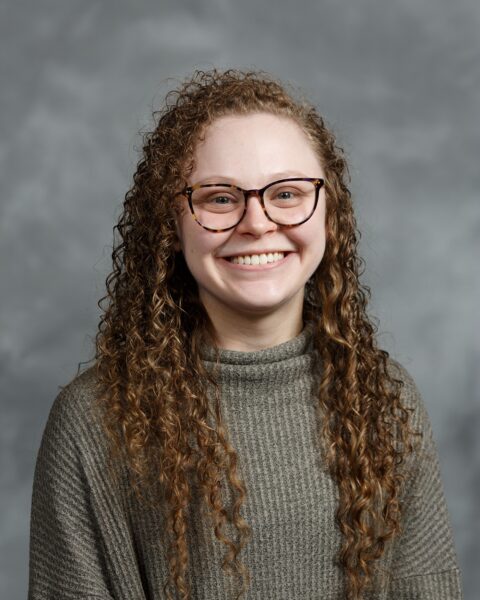 Characterization of Extracellular Matrix (ECM) in Diffuse Intrinsic Pontine Glioma (DIPG)
Characterization of Extracellular Matrix (ECM) in Diffuse Intrinsic Pontine Glioma (DIPG)
Awardee: Madeline Szoo COE’25
Mentor: Cynthia Hajal, COE, Mechanical and Industrial Engineering
This work will build on existing research to develop predictive vascularized tumor models for preclinical assays. Specifically, this project aims to characterize the mechanical properties (e.g., stiffness and porosity) of the ECM in DIPG both within the tumor and in the surrounding tissue. Ultimately, this work has far-reaching clinical implications and will elucidate the mechanical properties of pediatric brain tumor tissue that contribute to cancer progression and poor drug delivery. I will disseminate this work through presentations at the Sigma Xi IFoRE and the Northeastern University RISE Expo, as well as in peer-reviewed publications.
